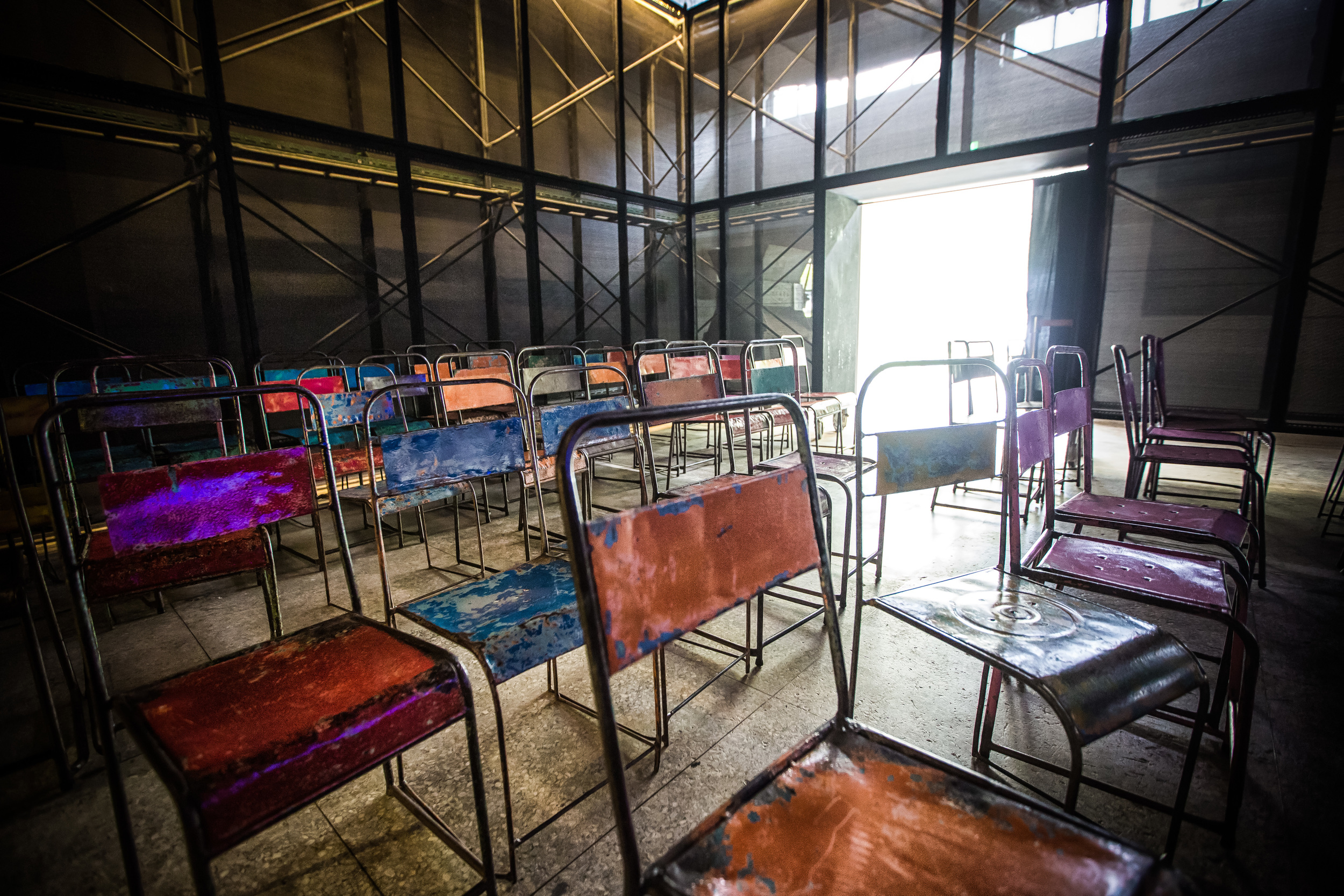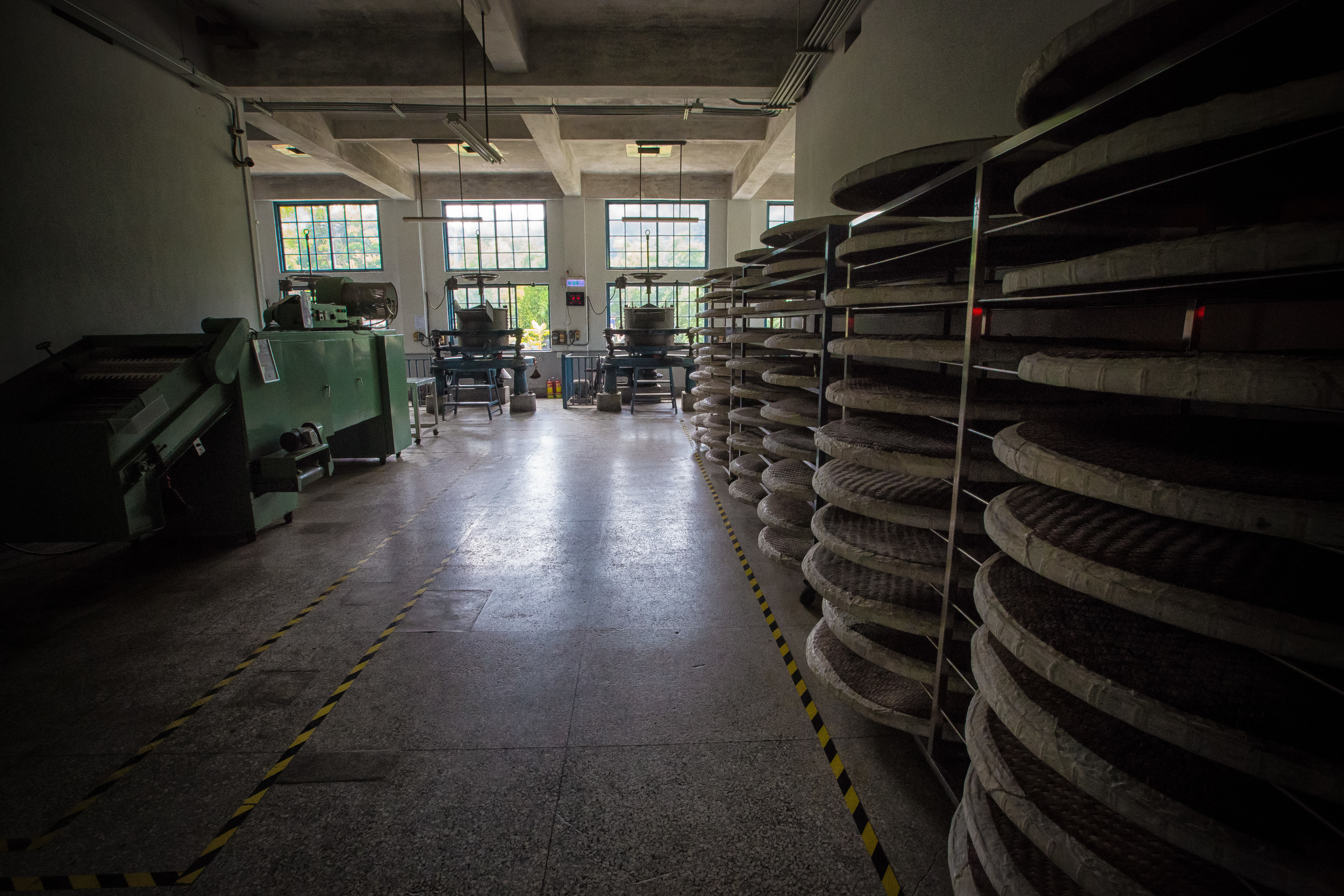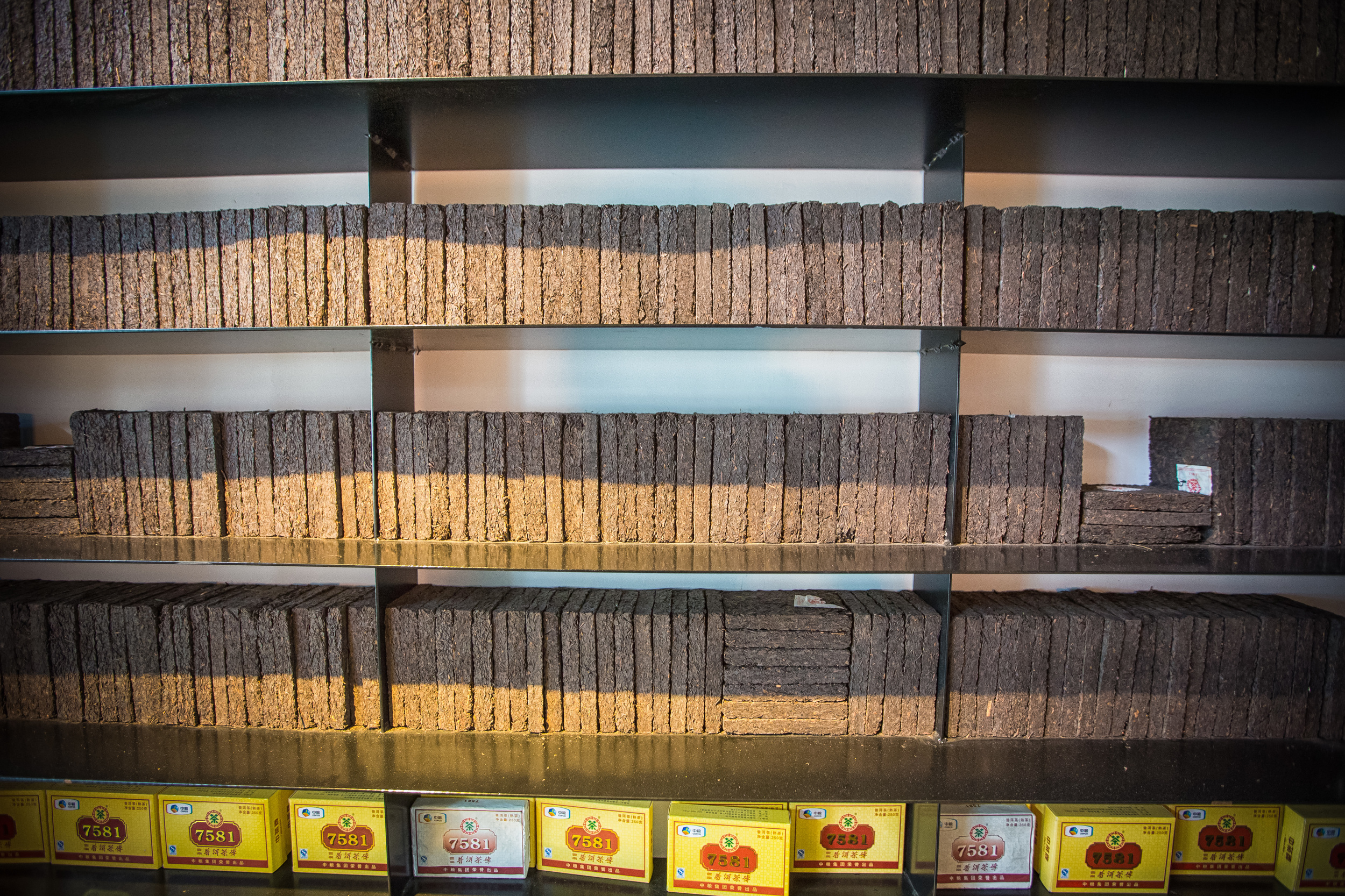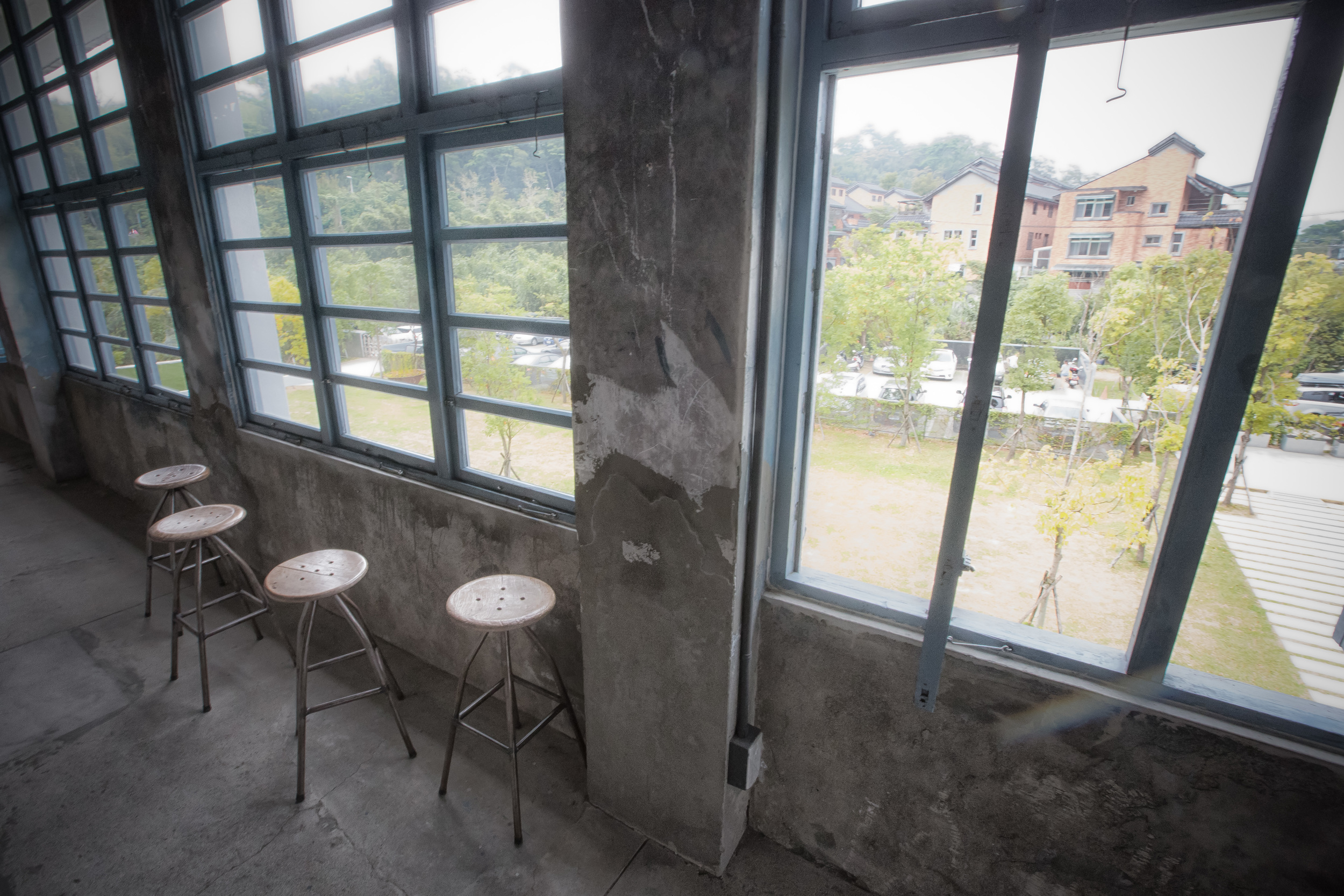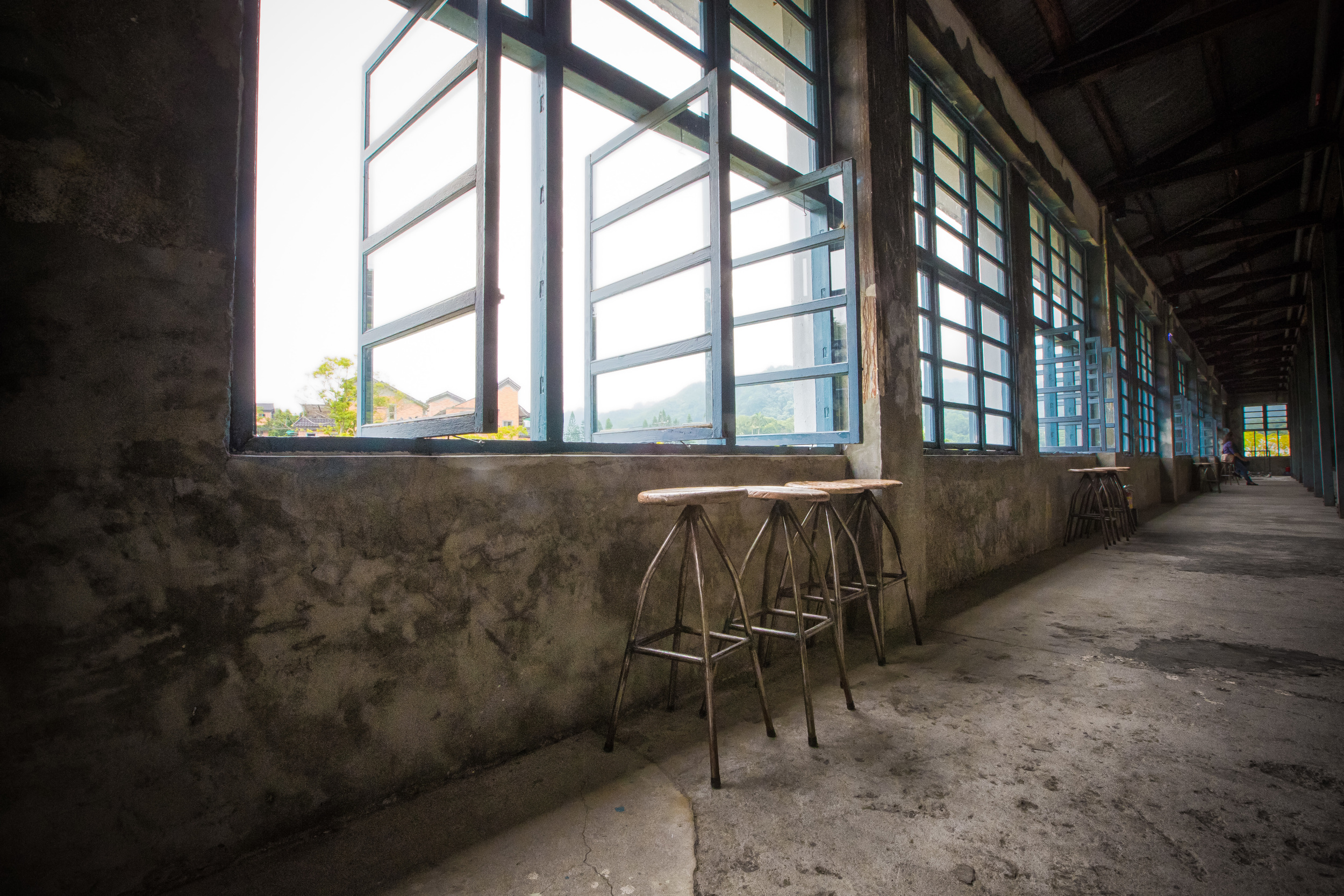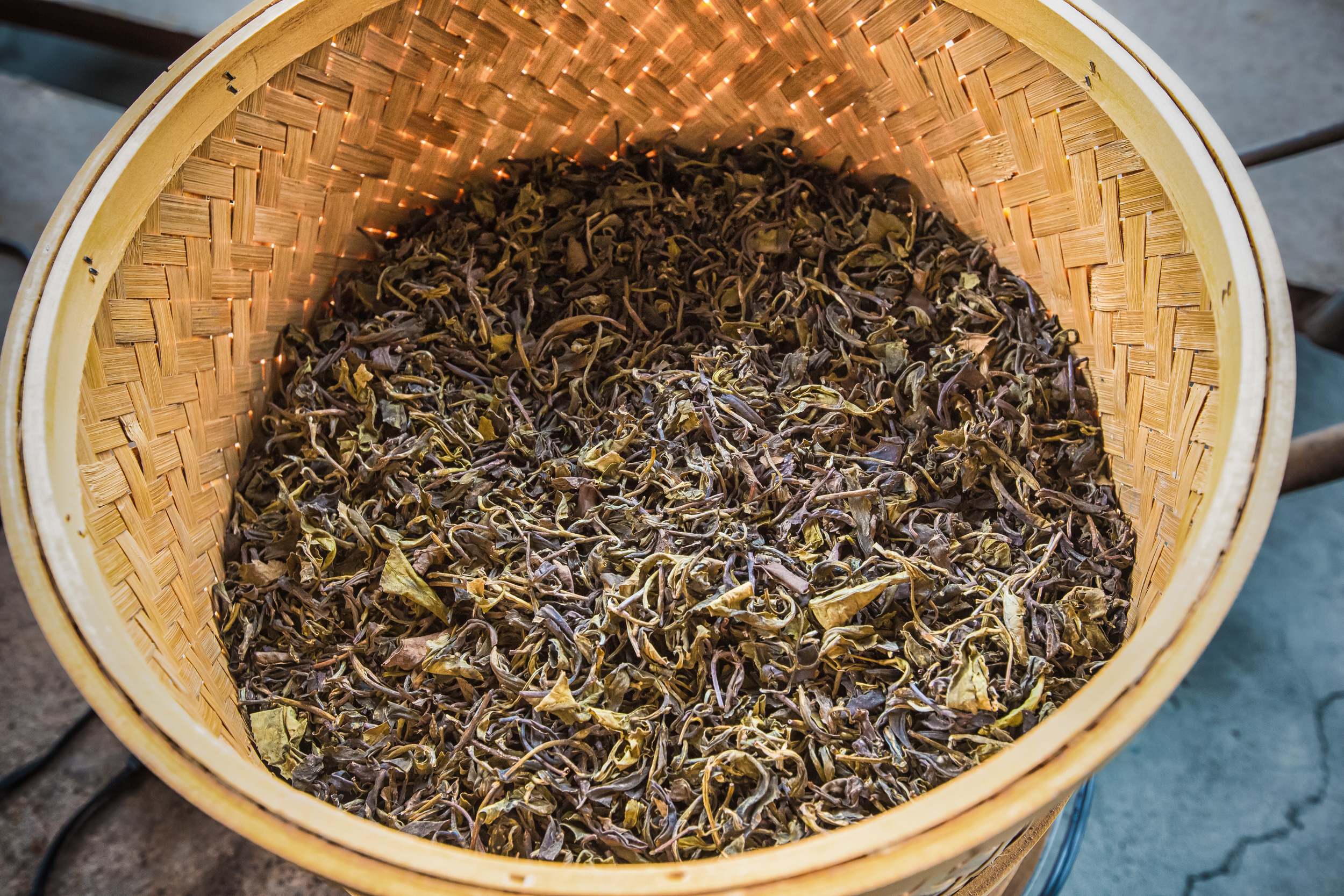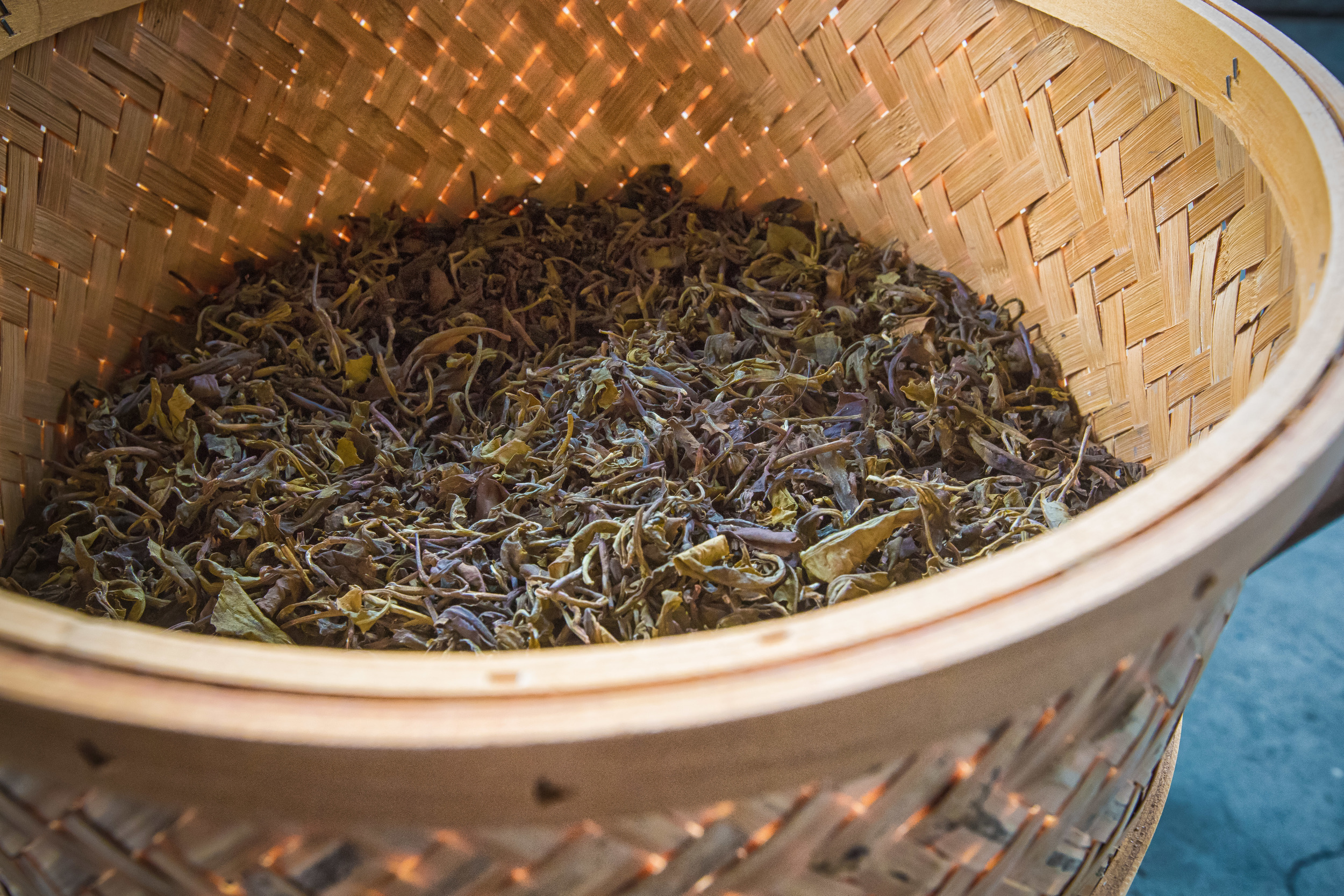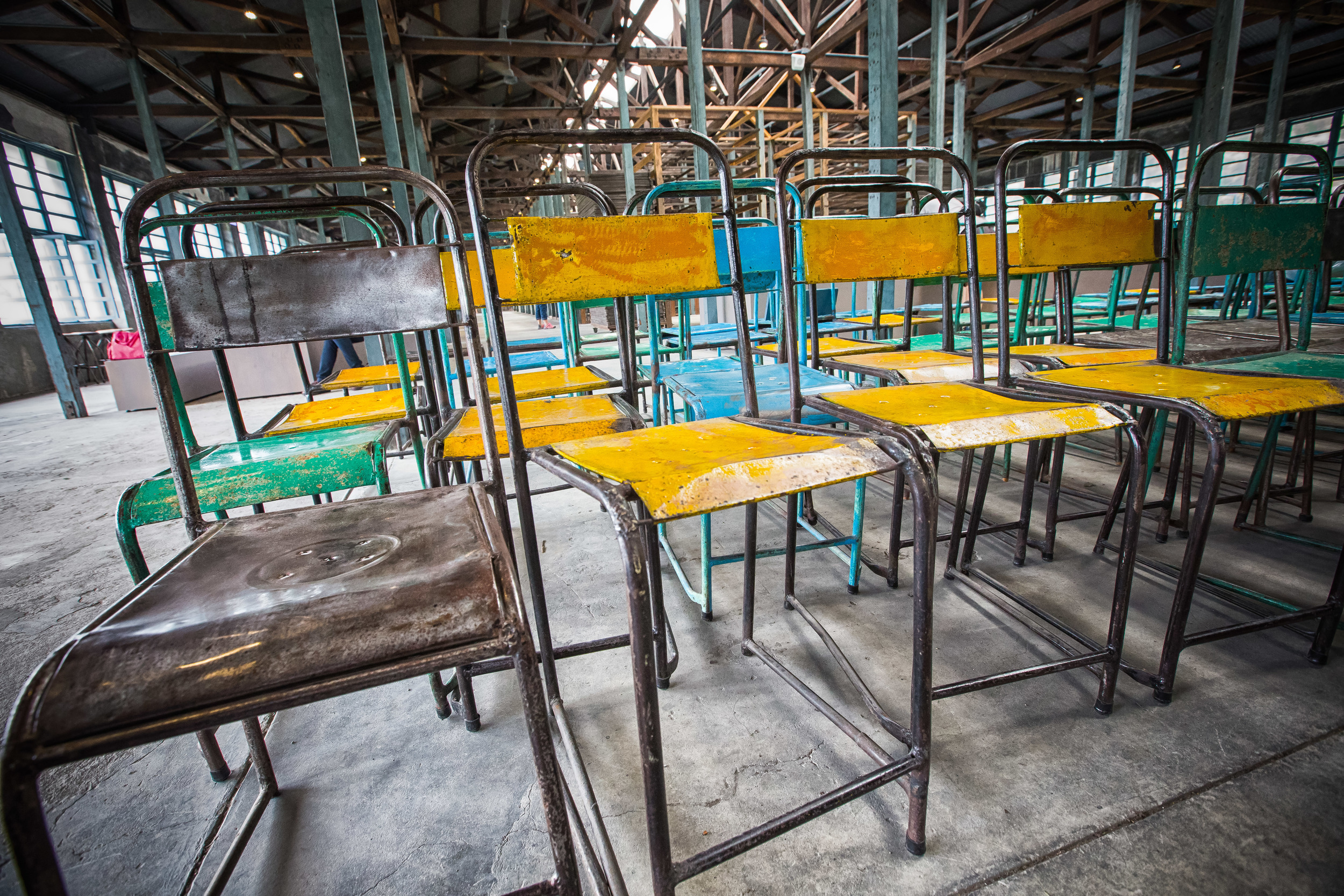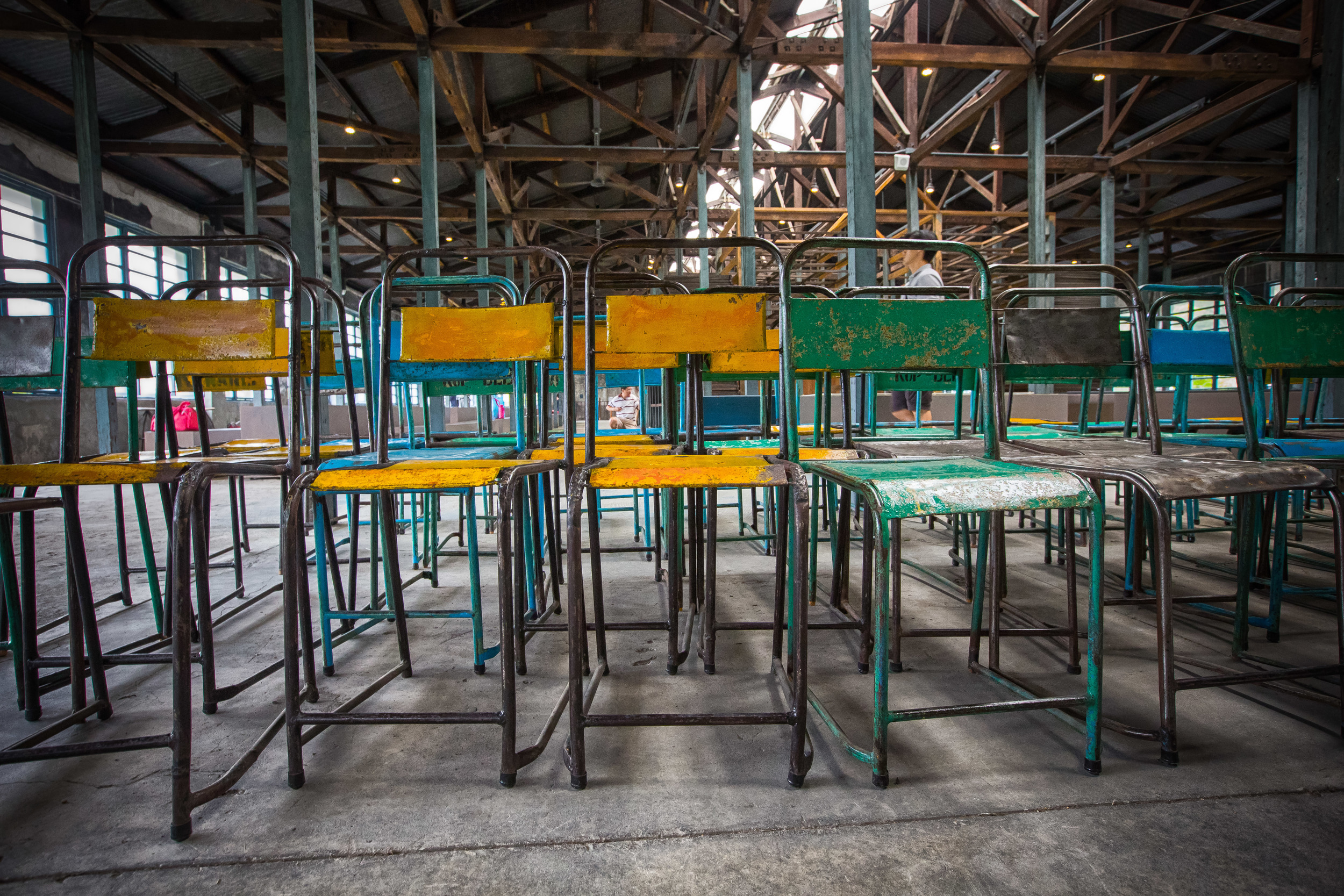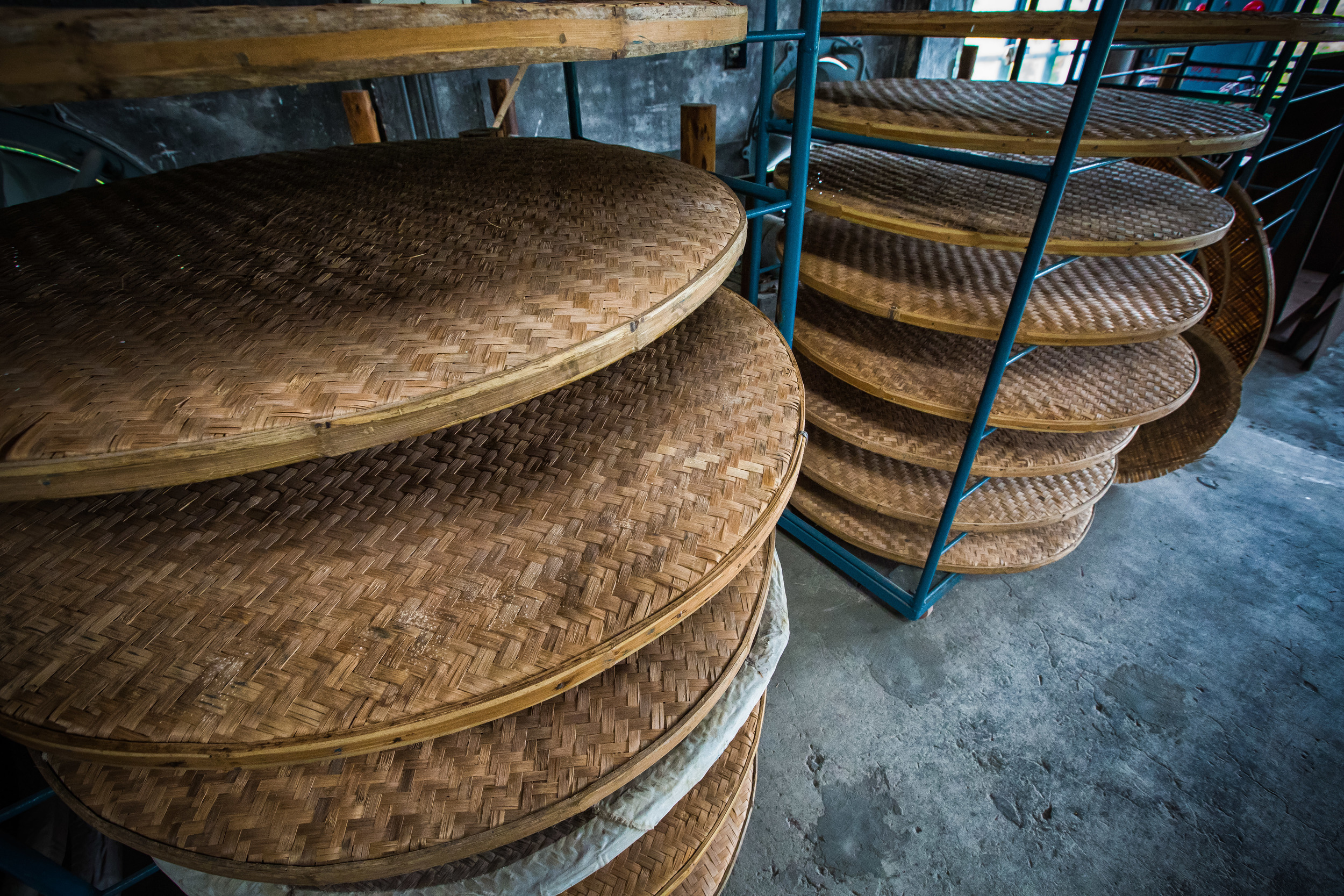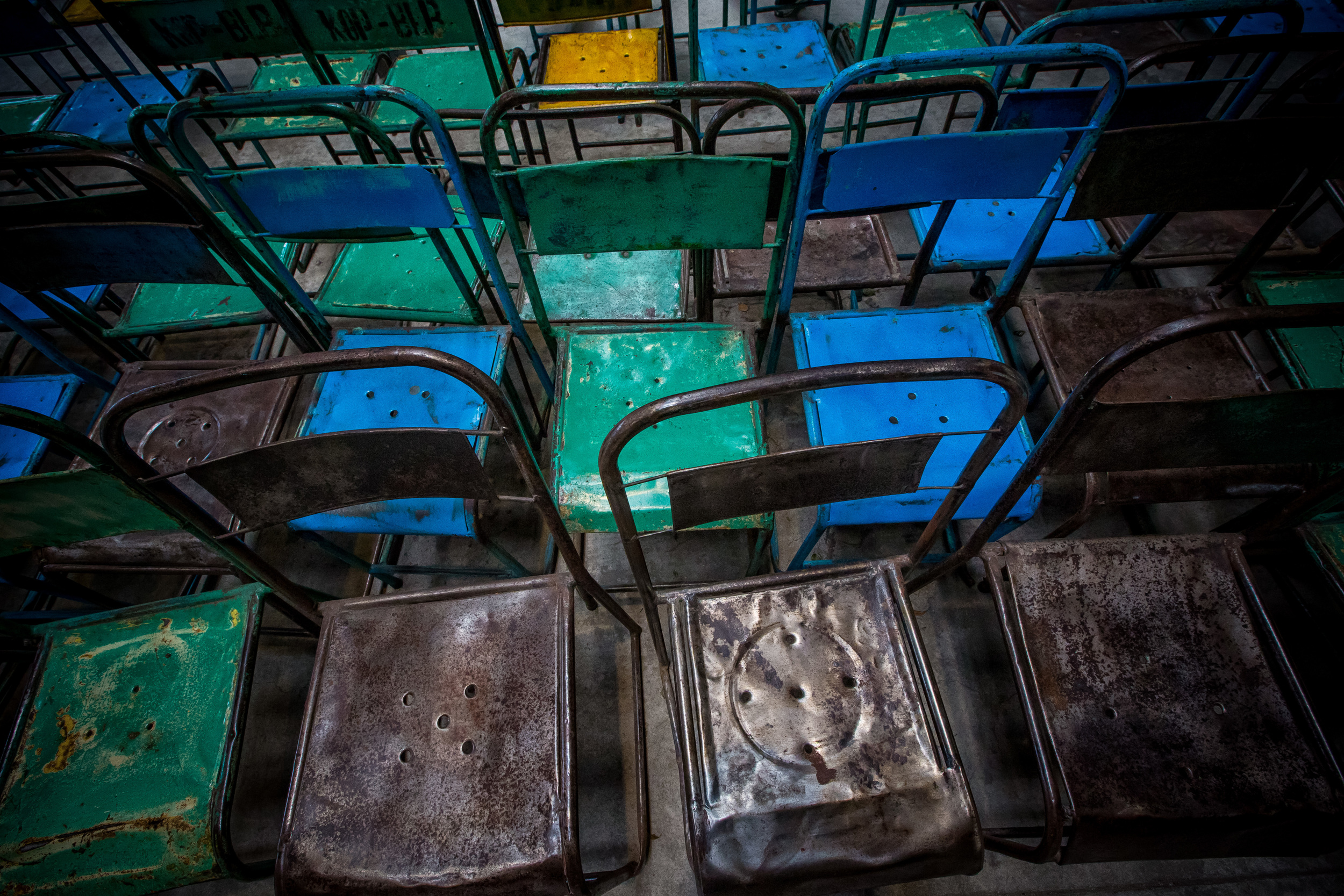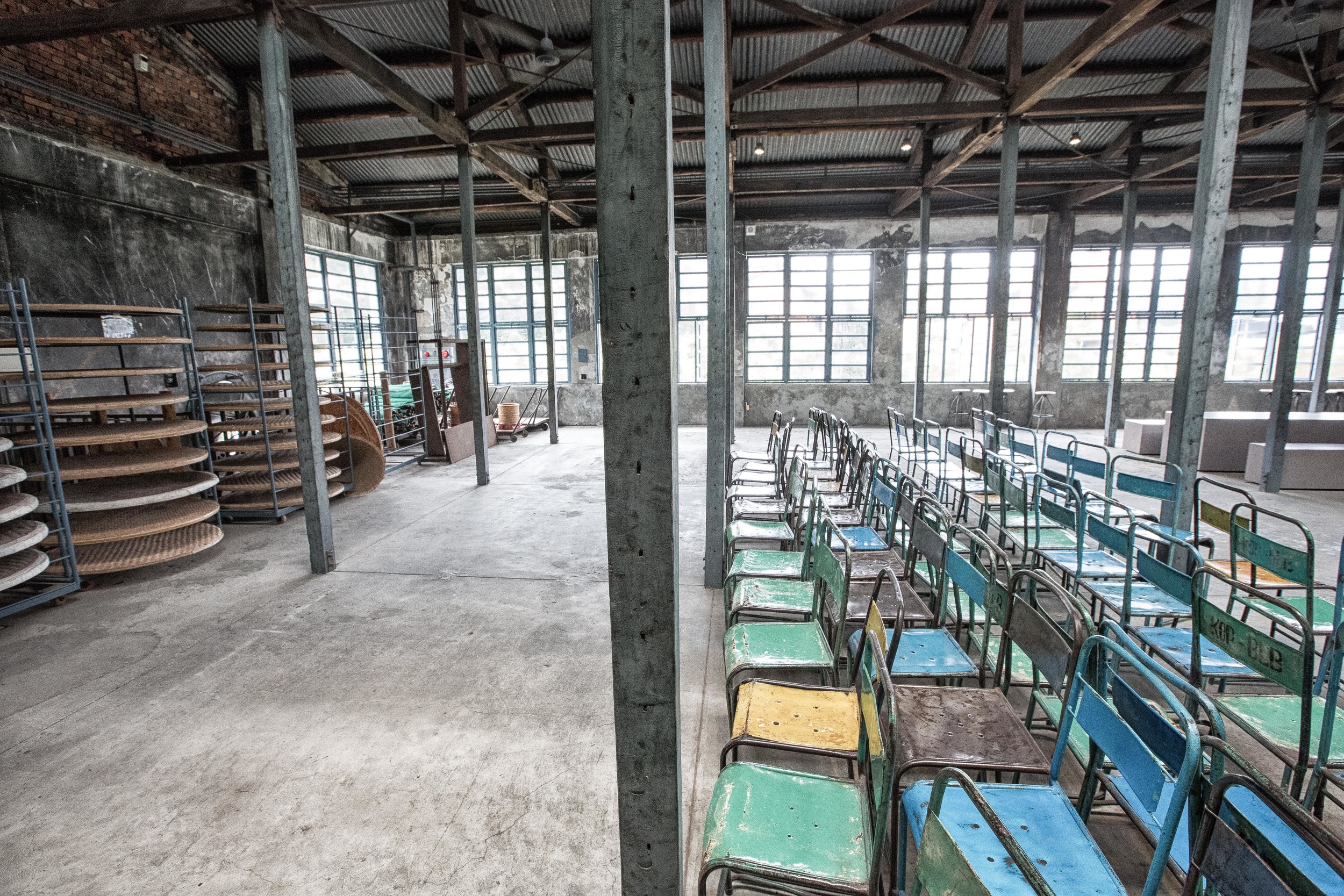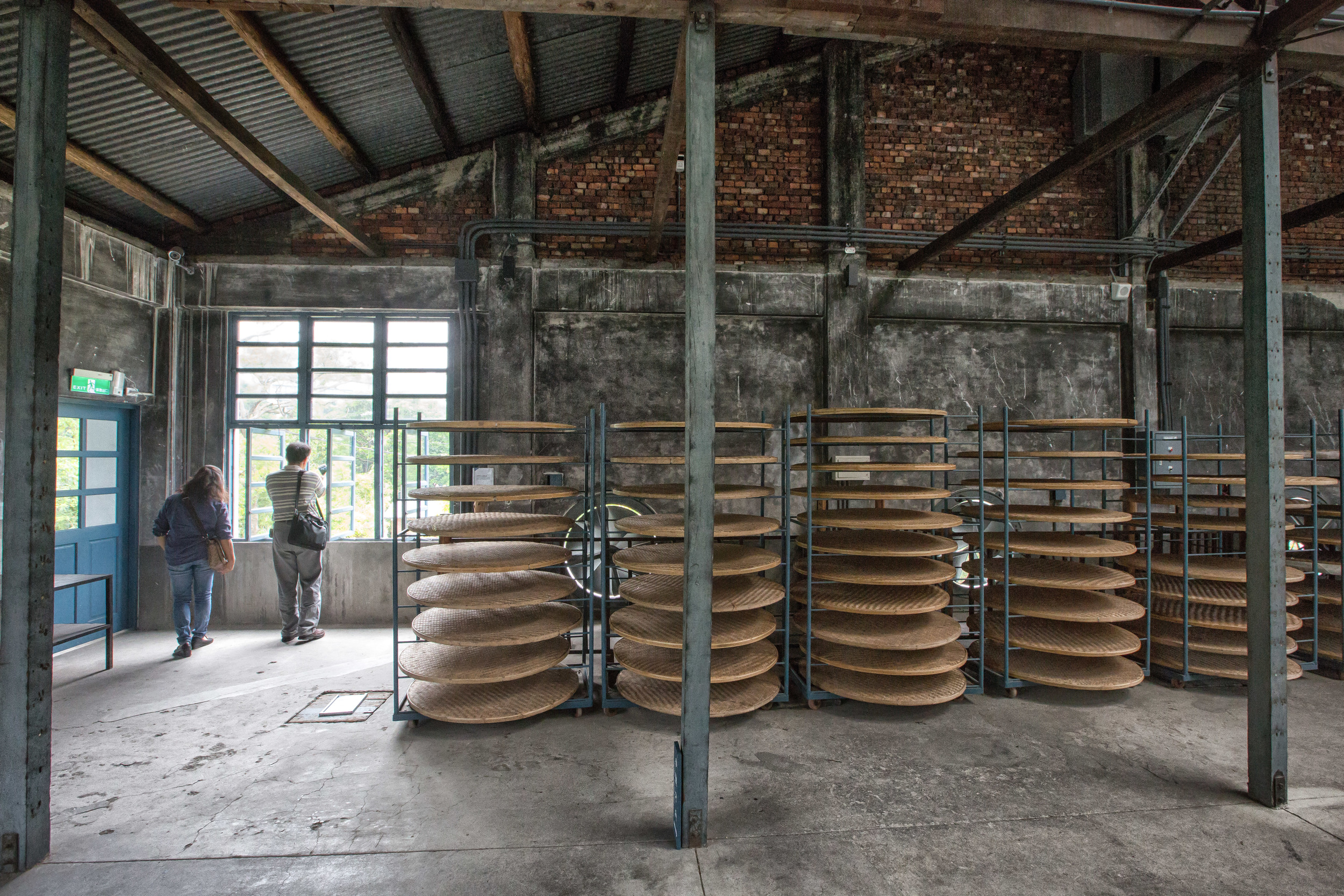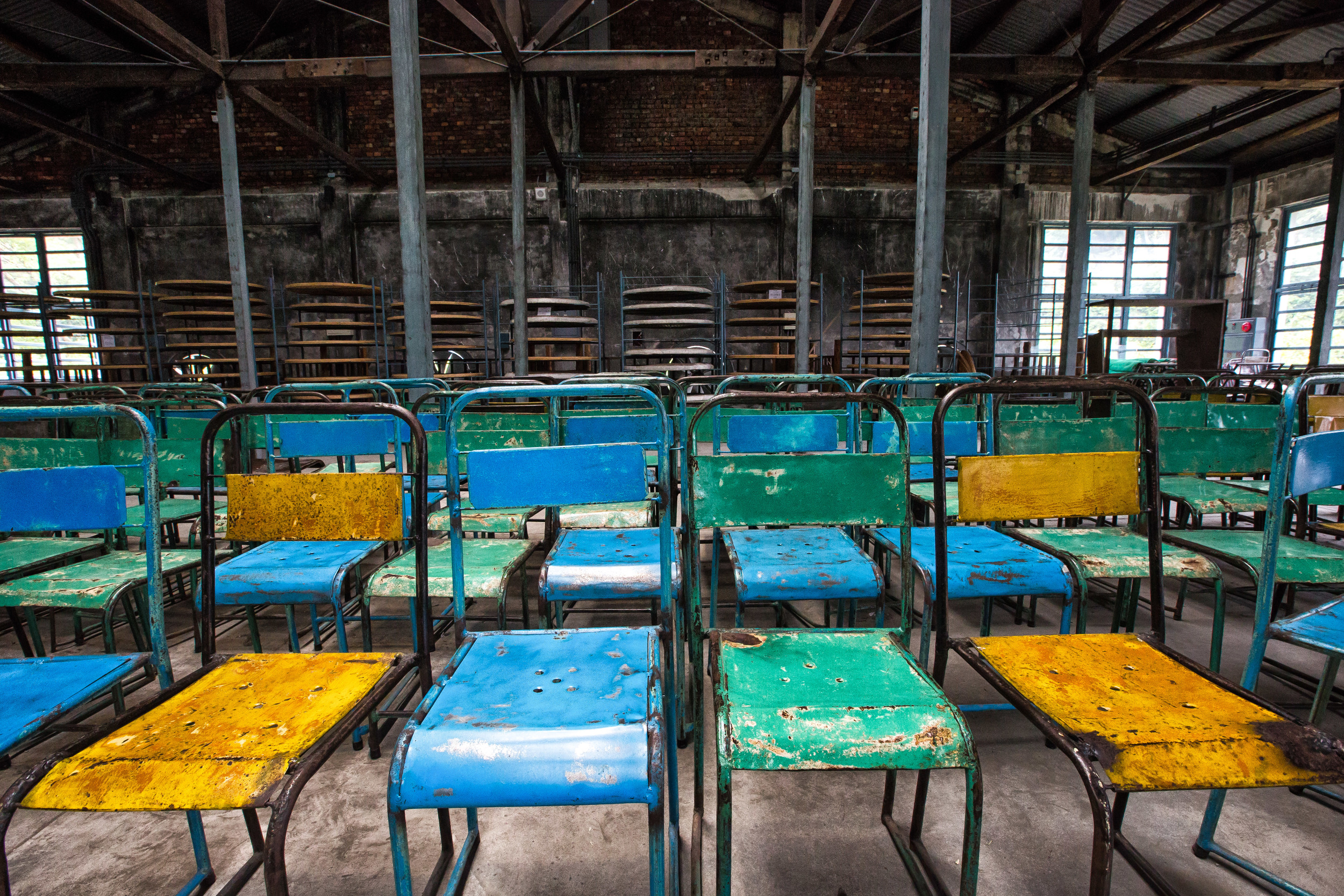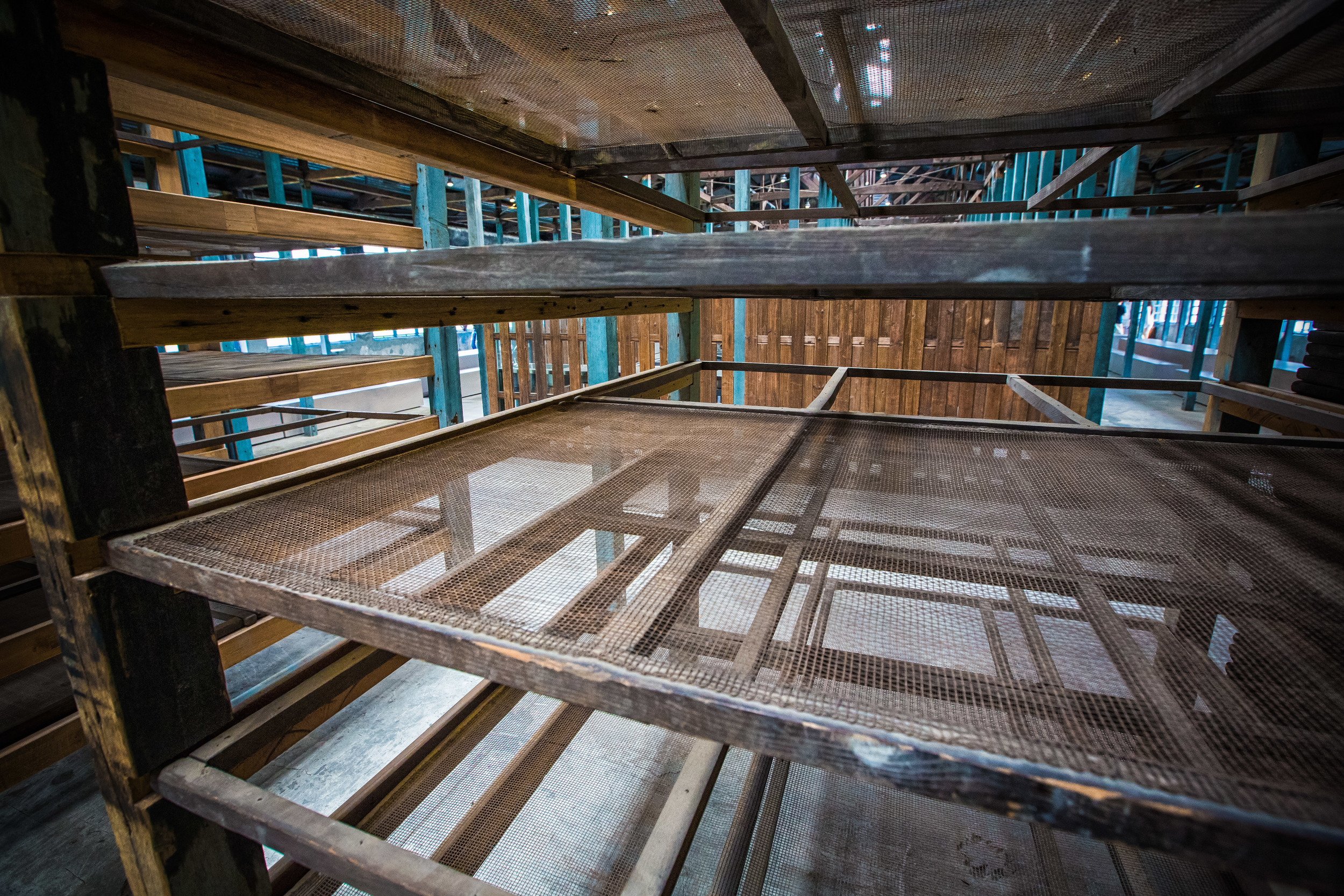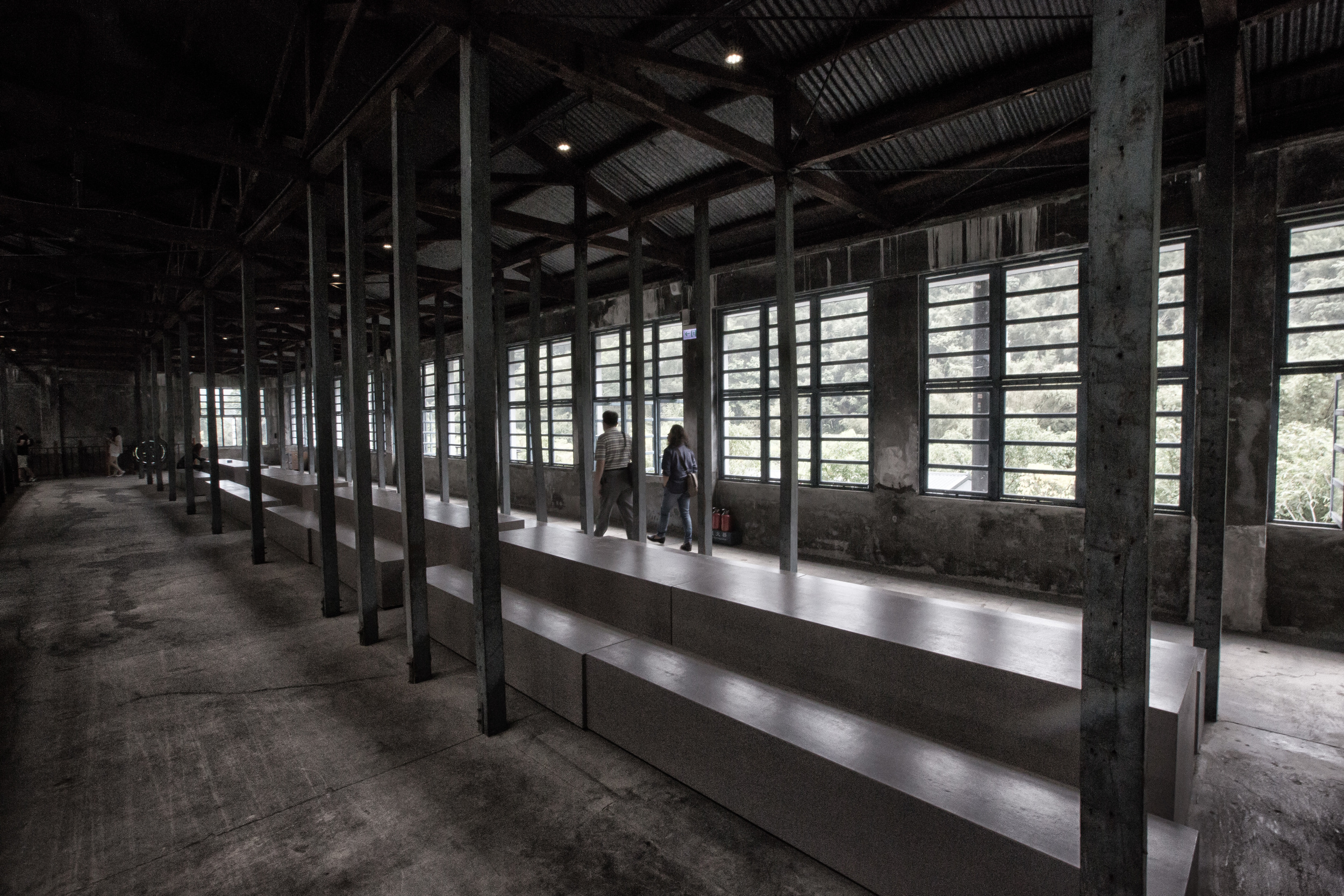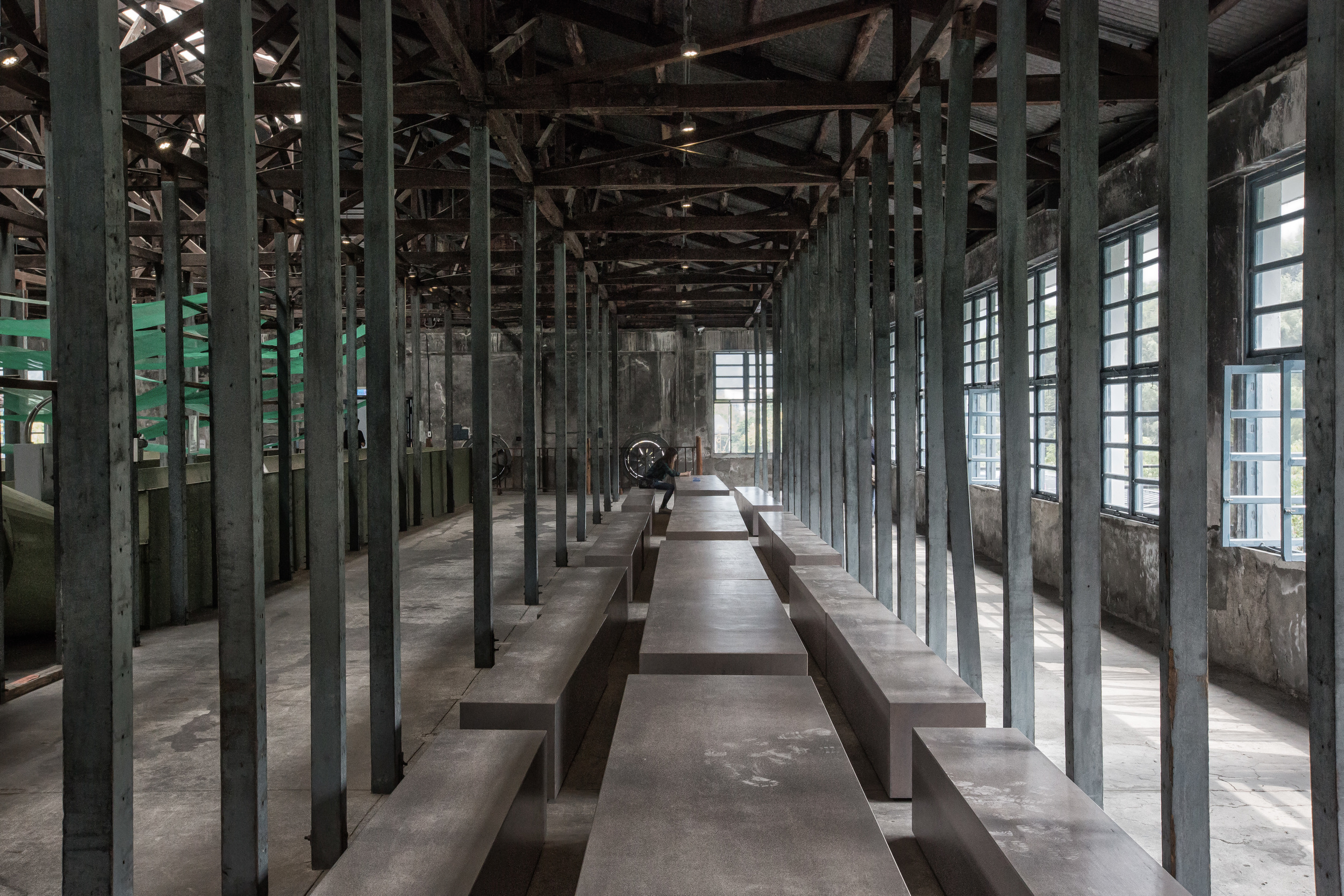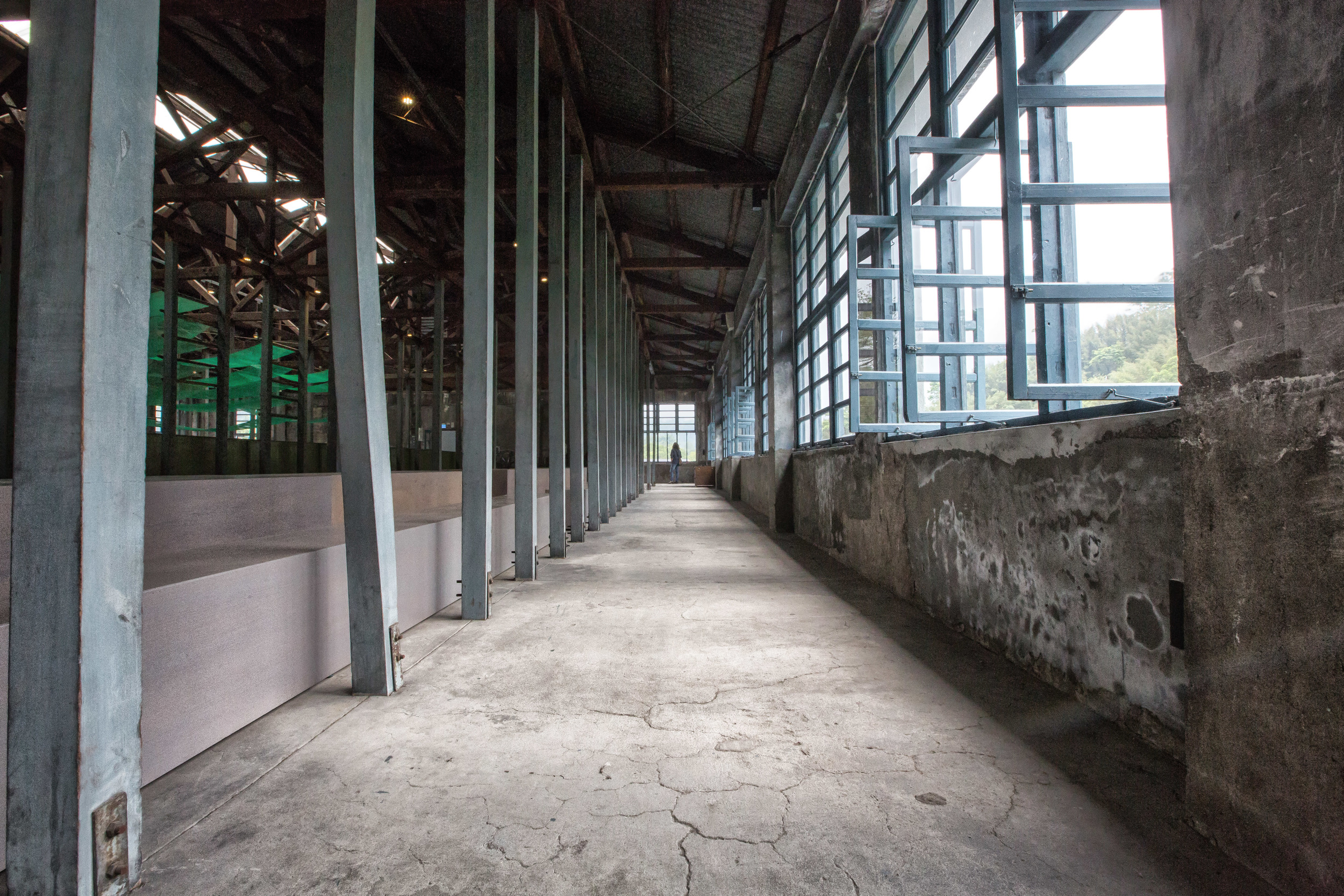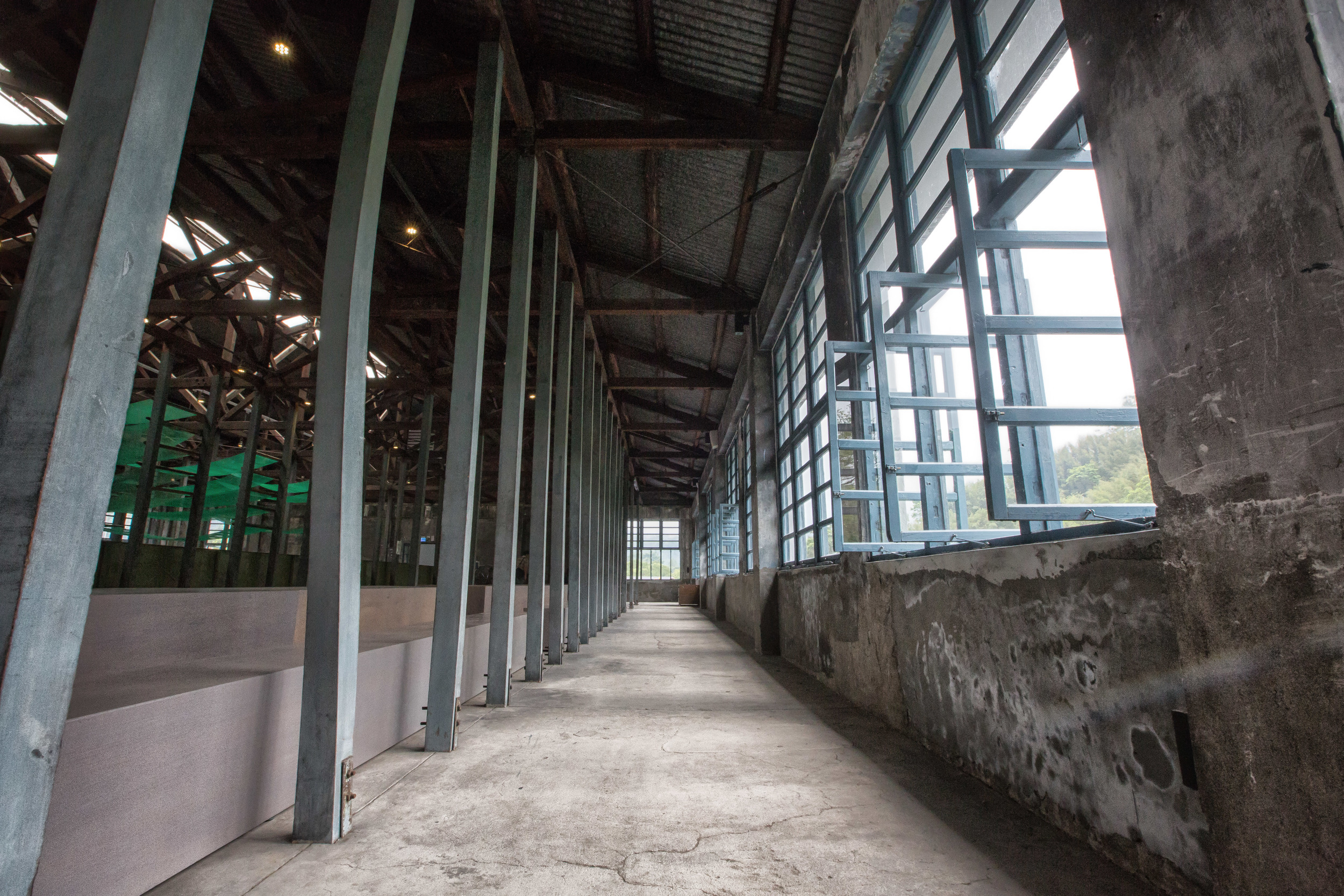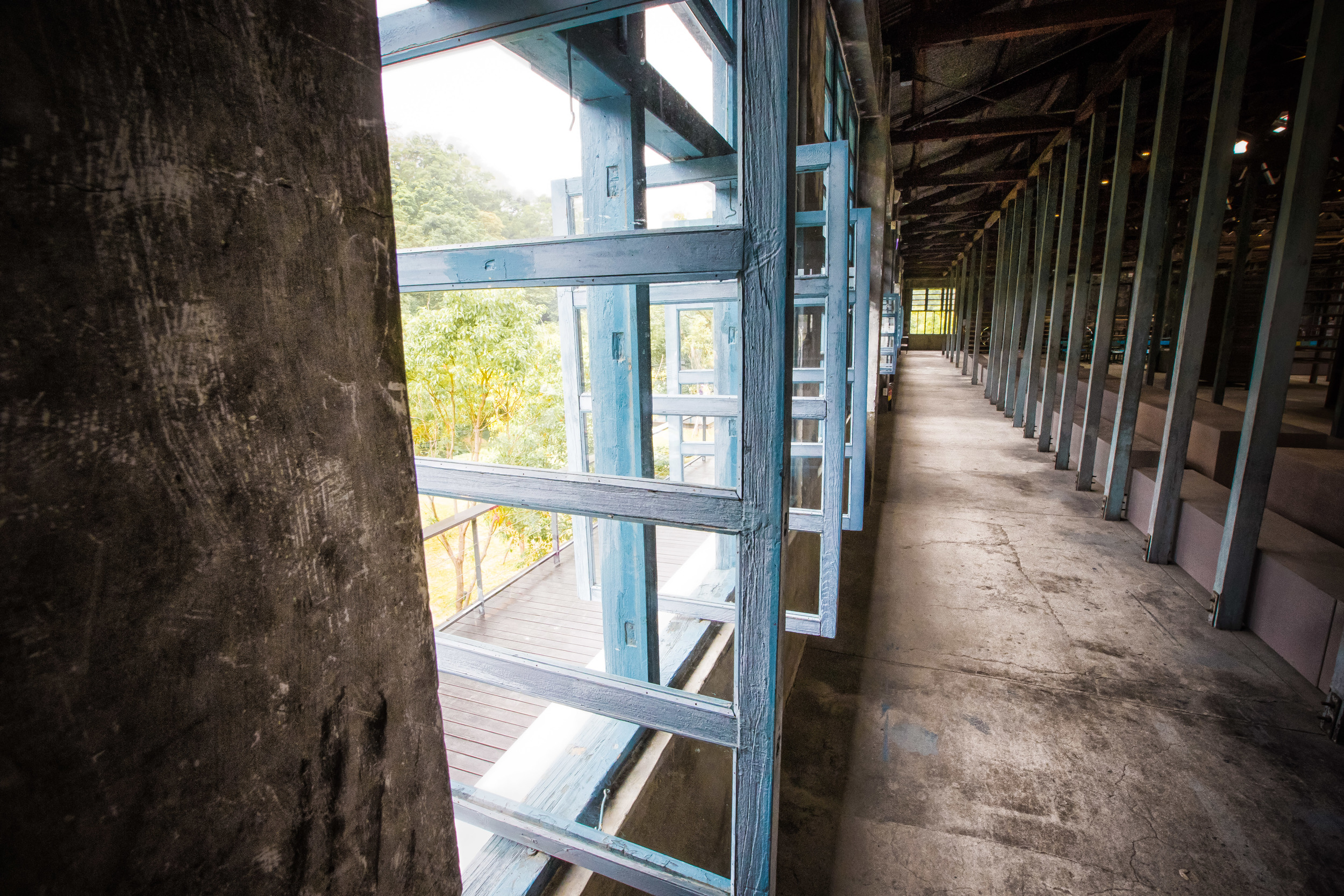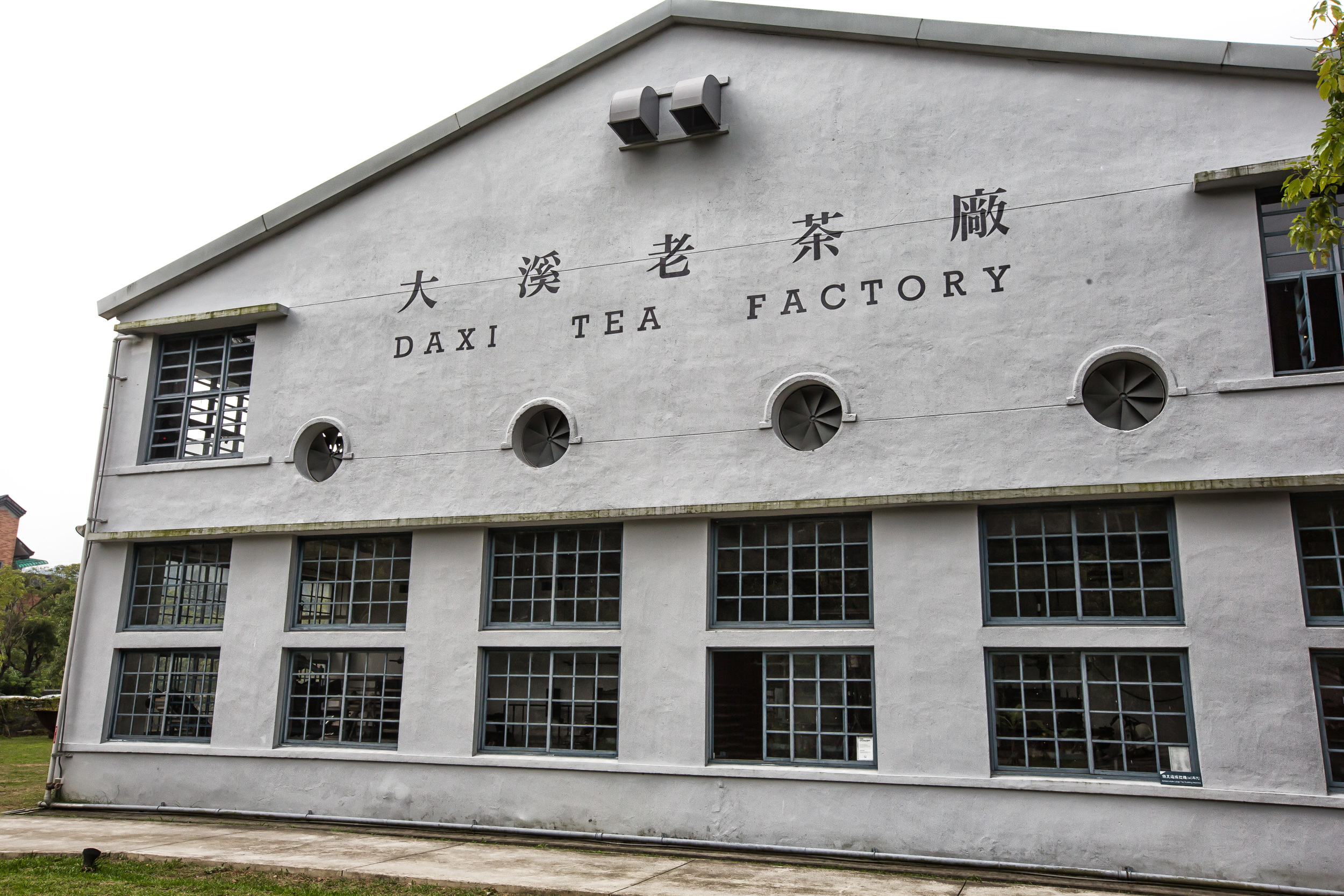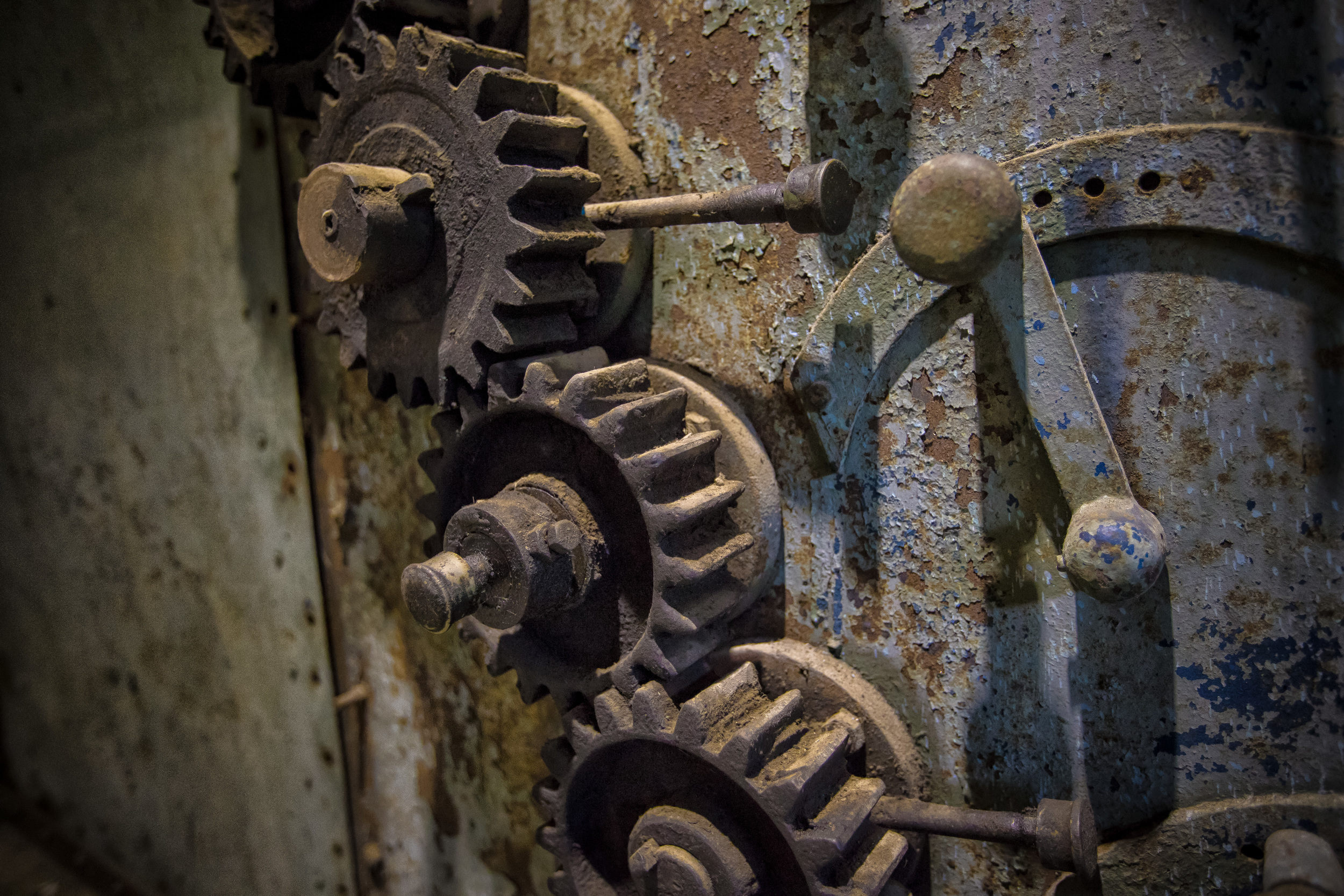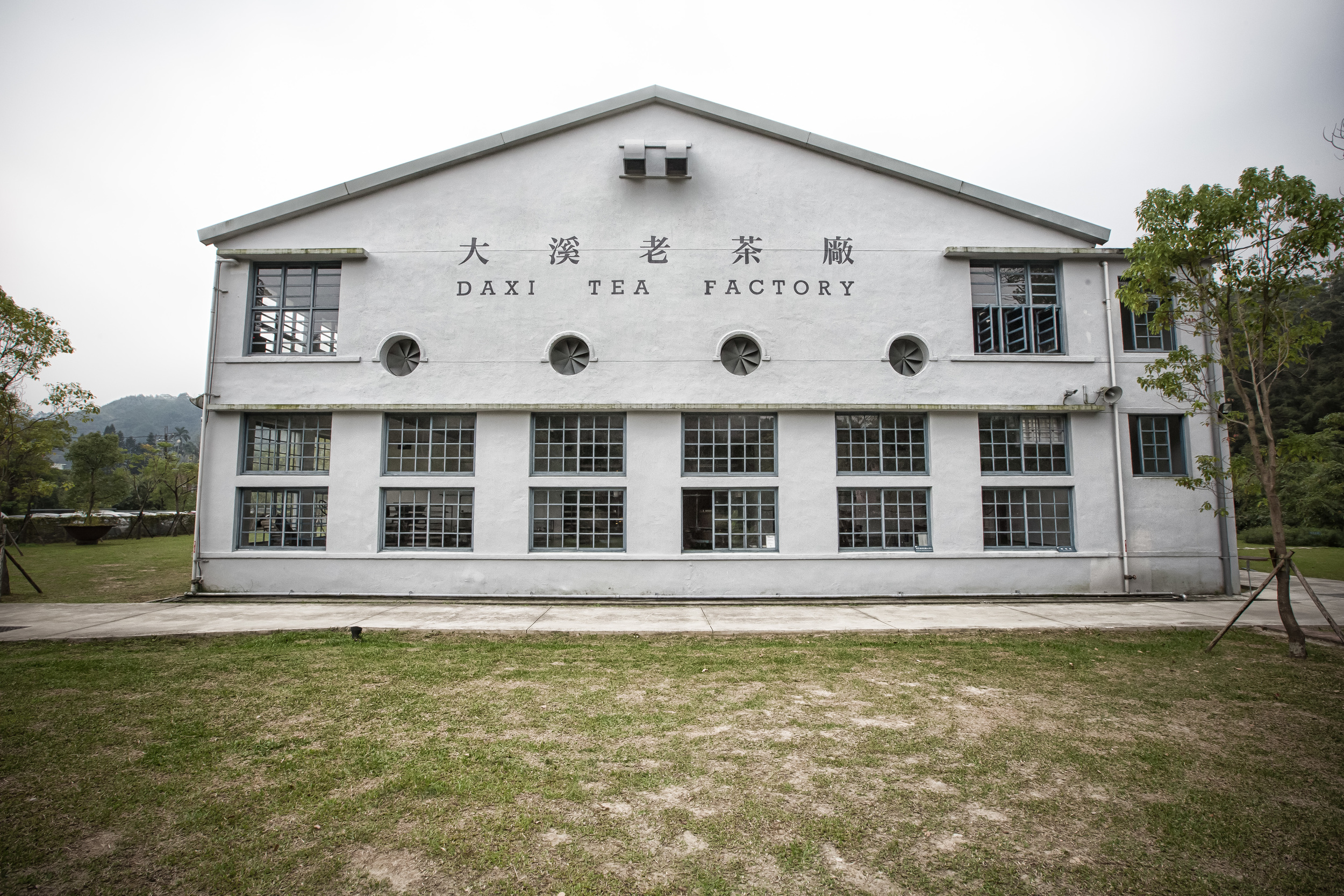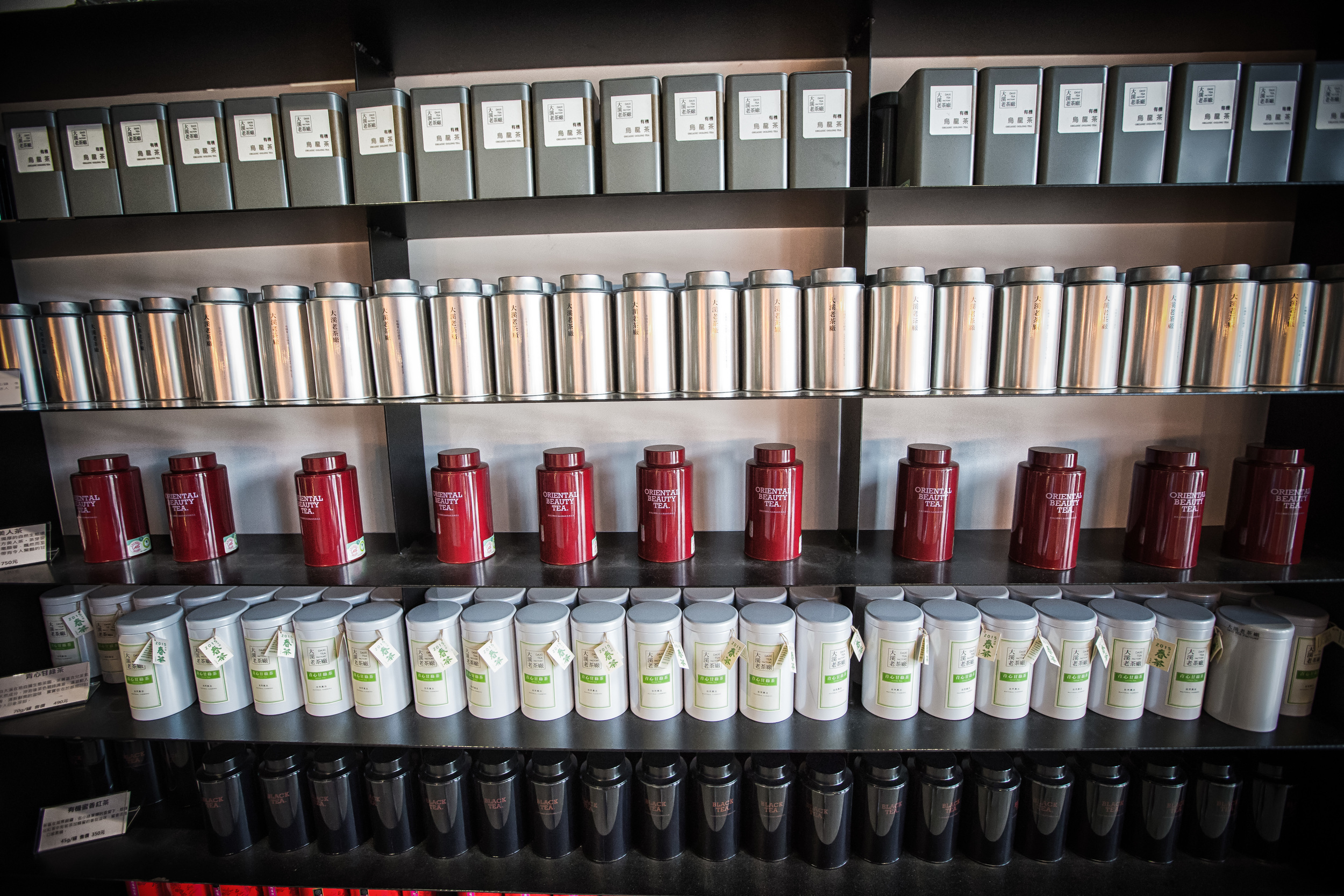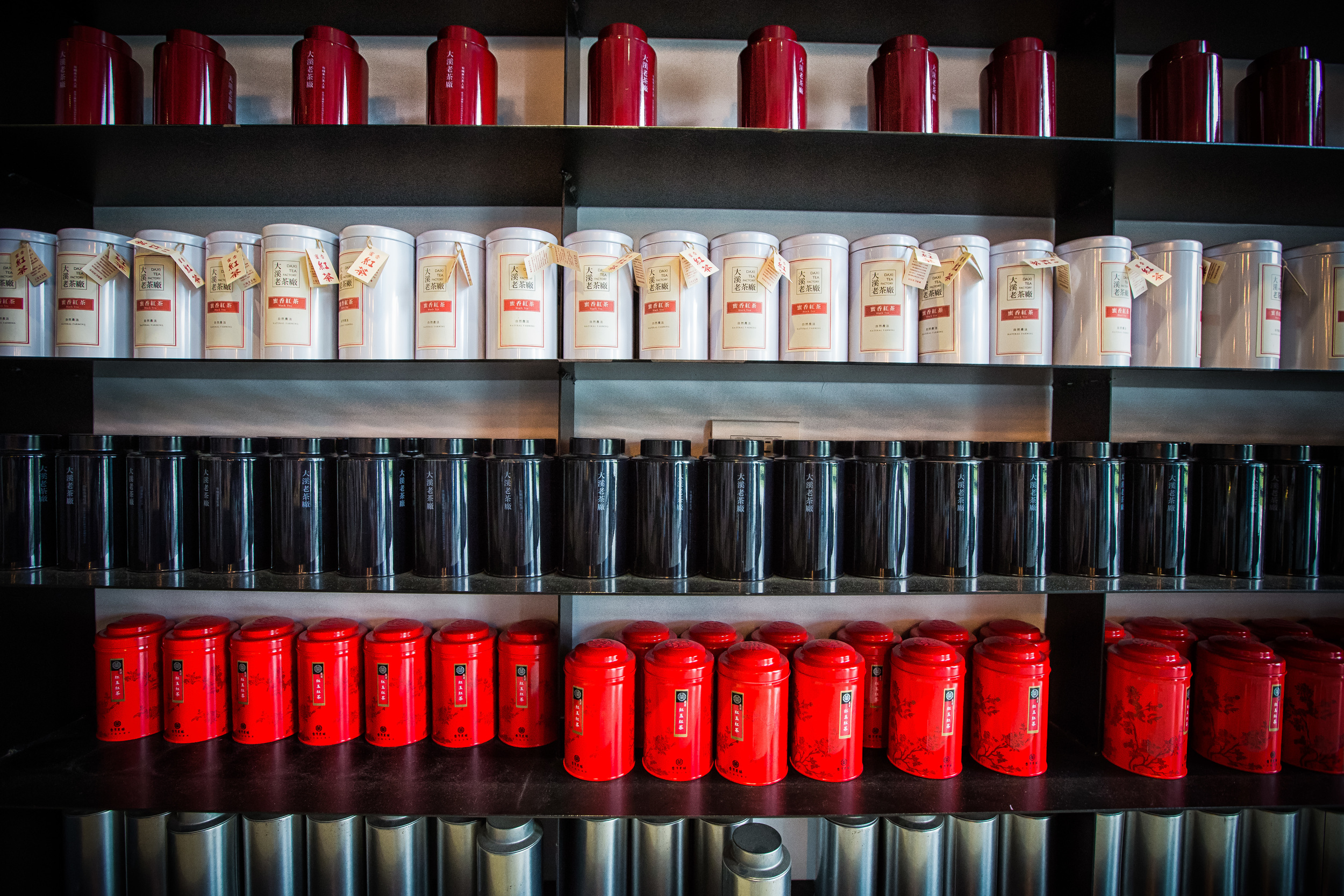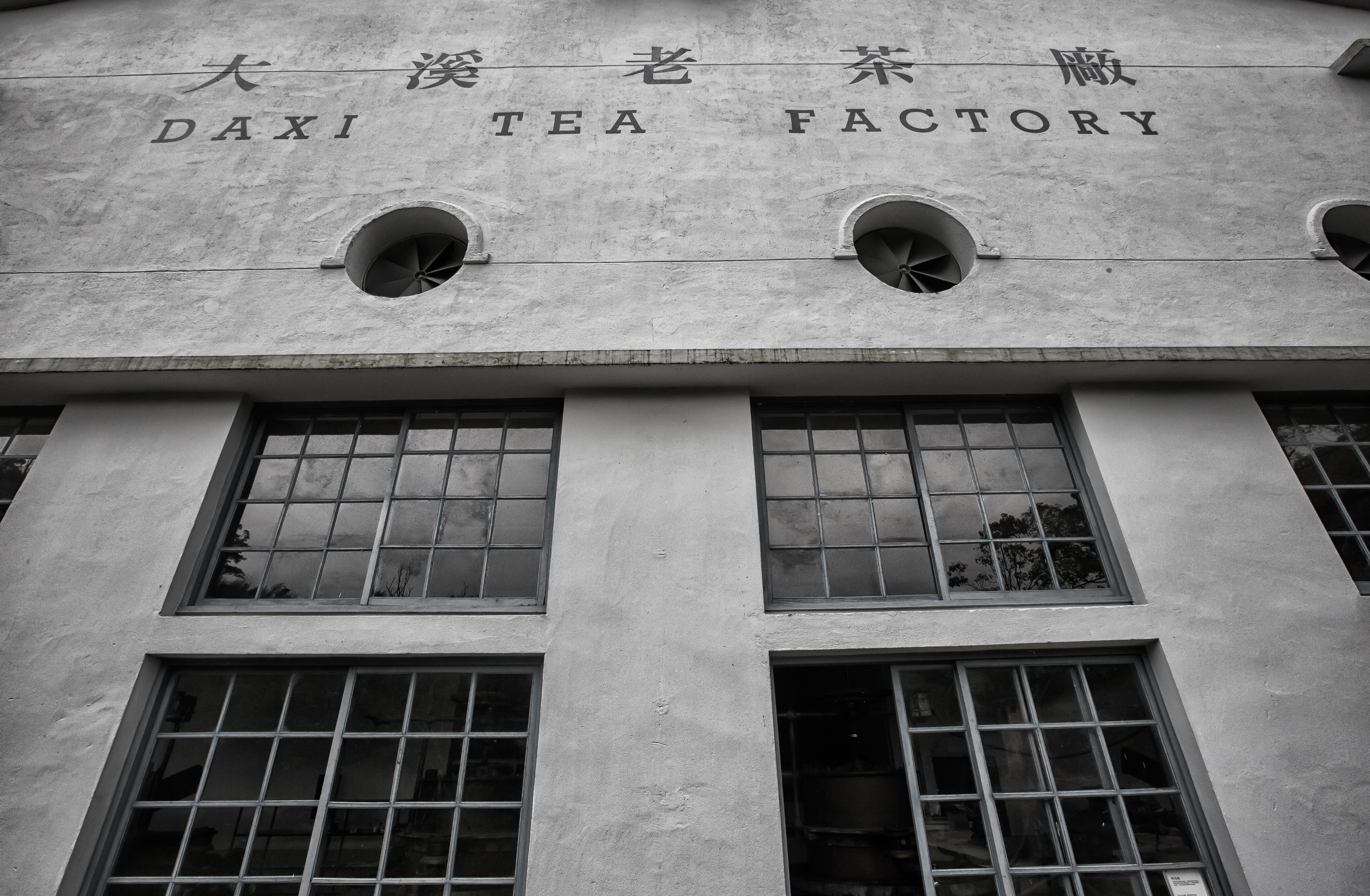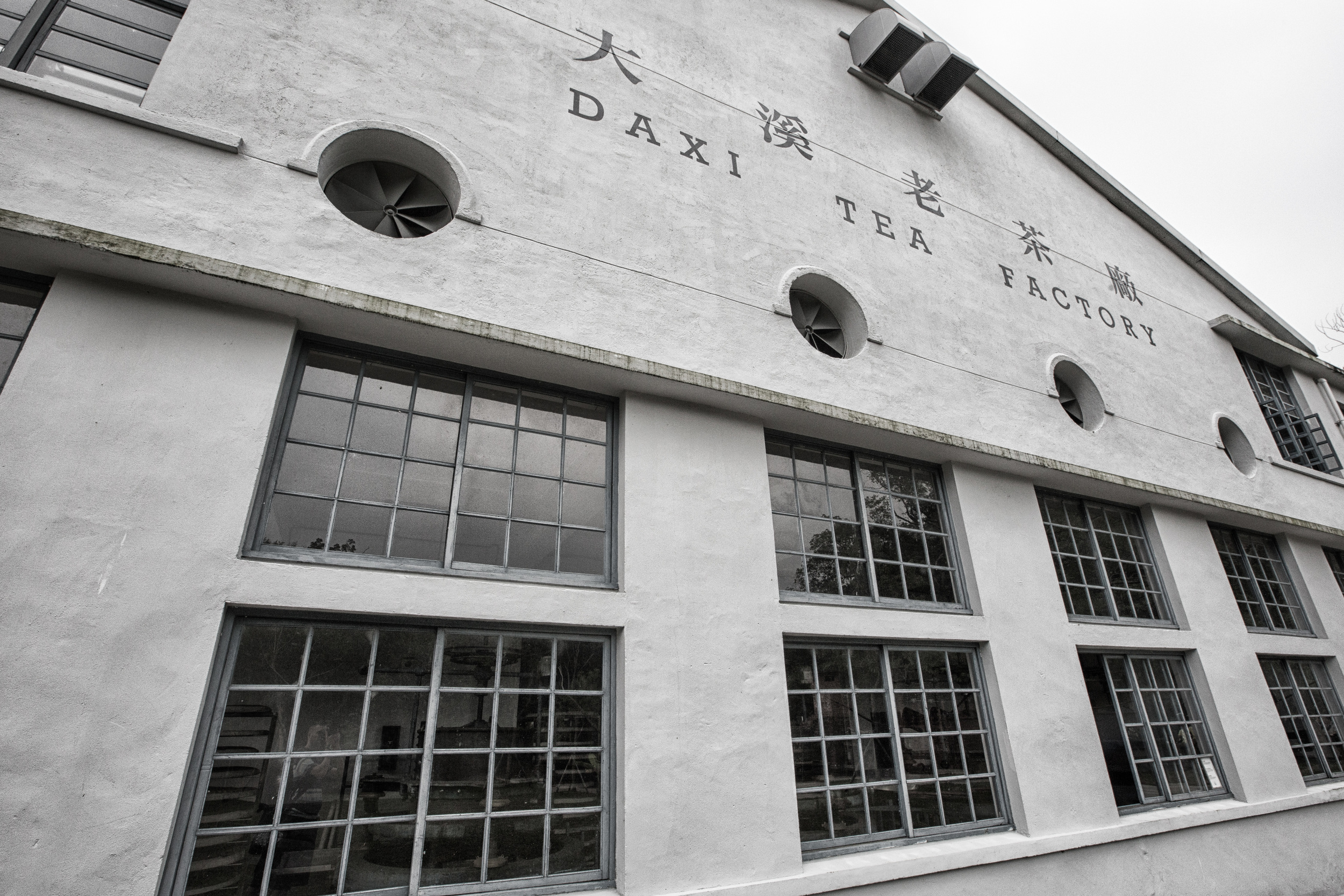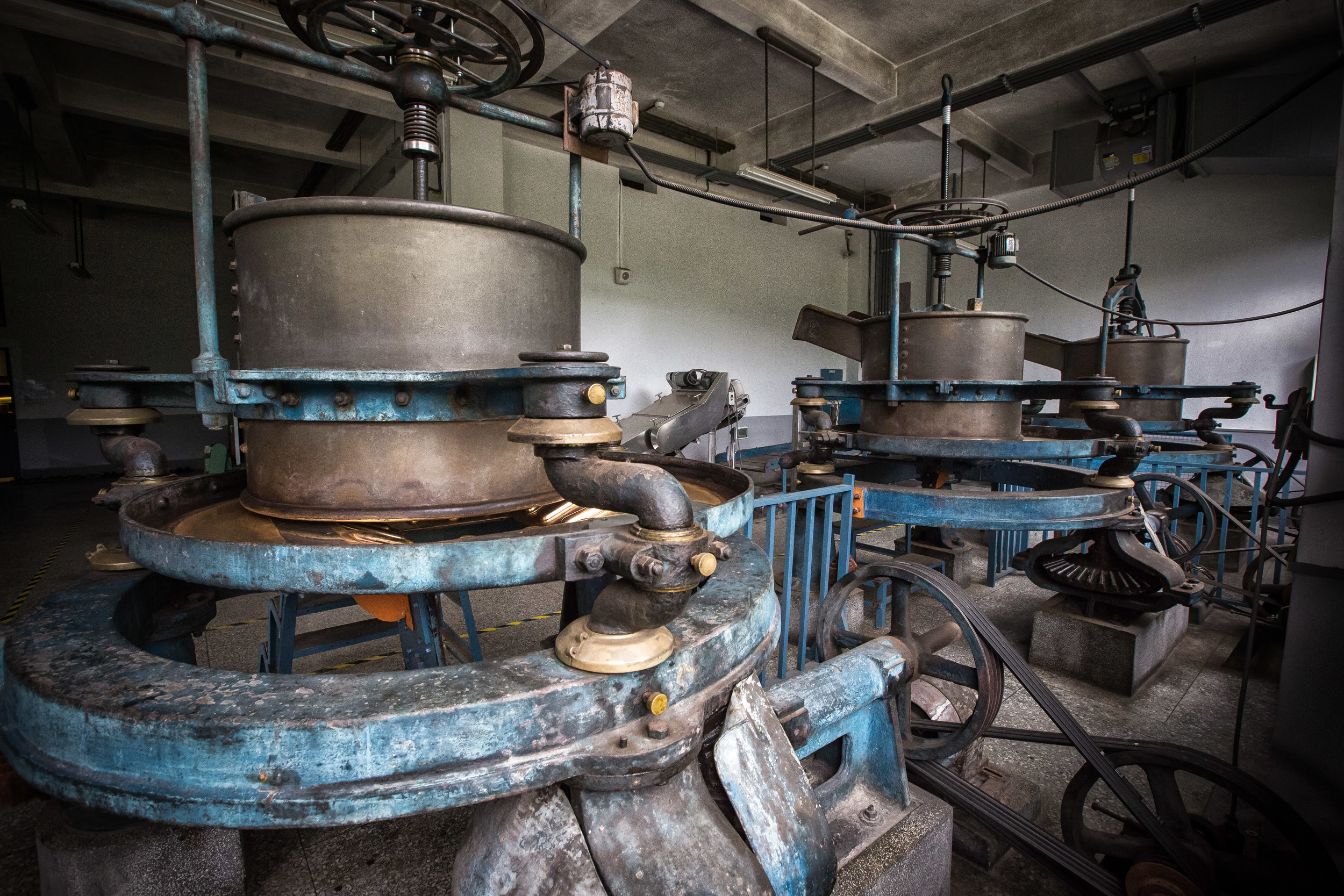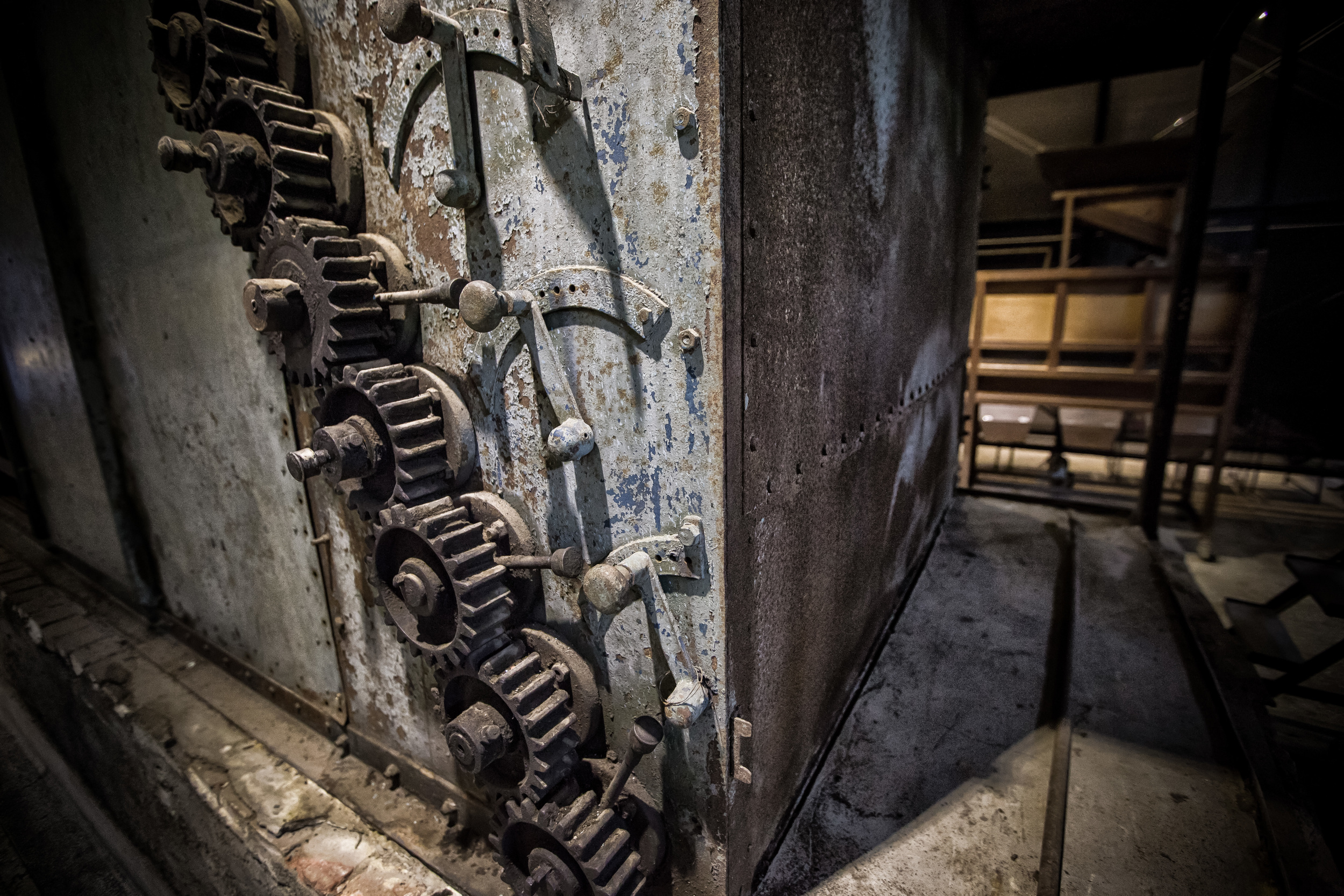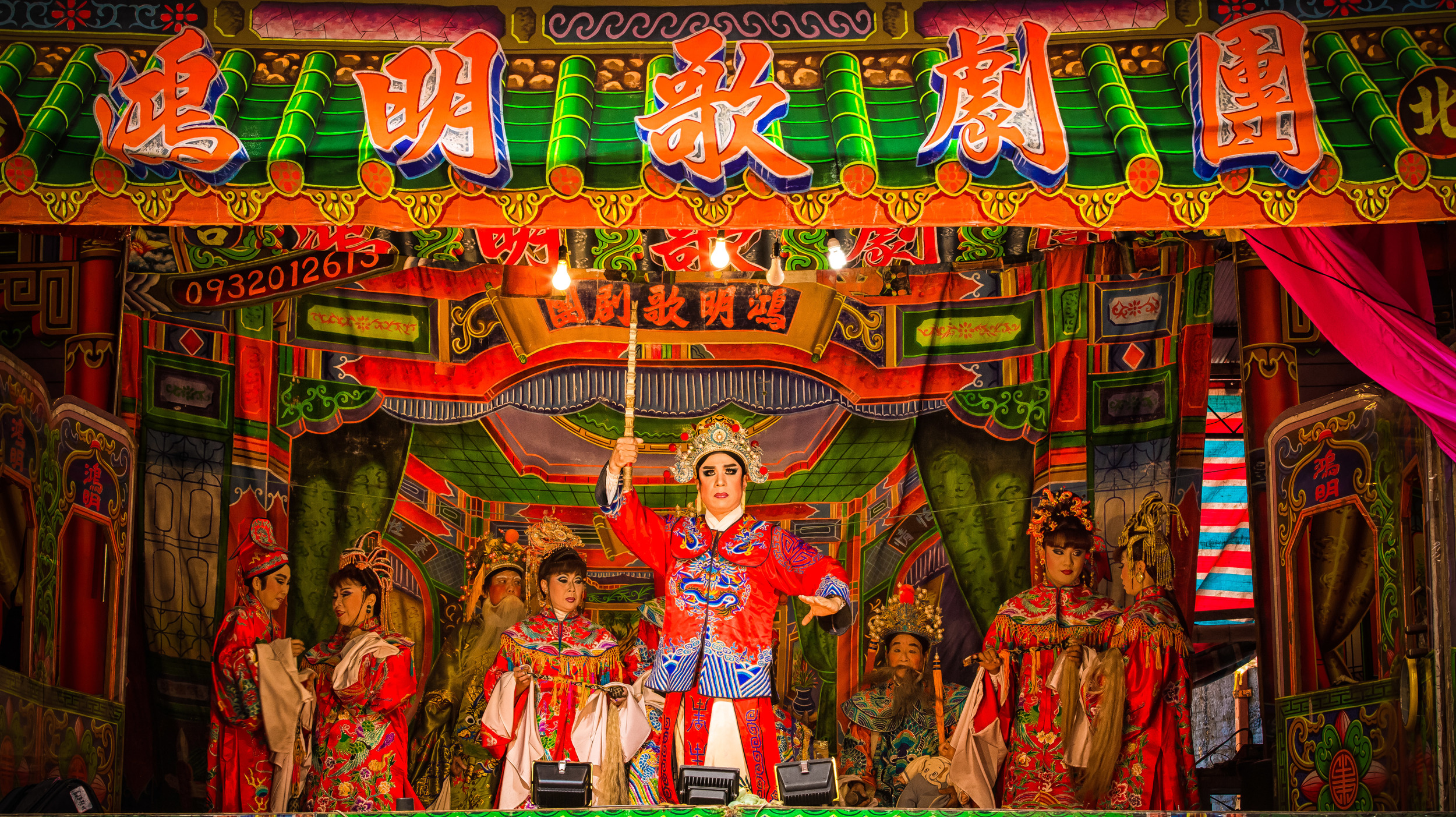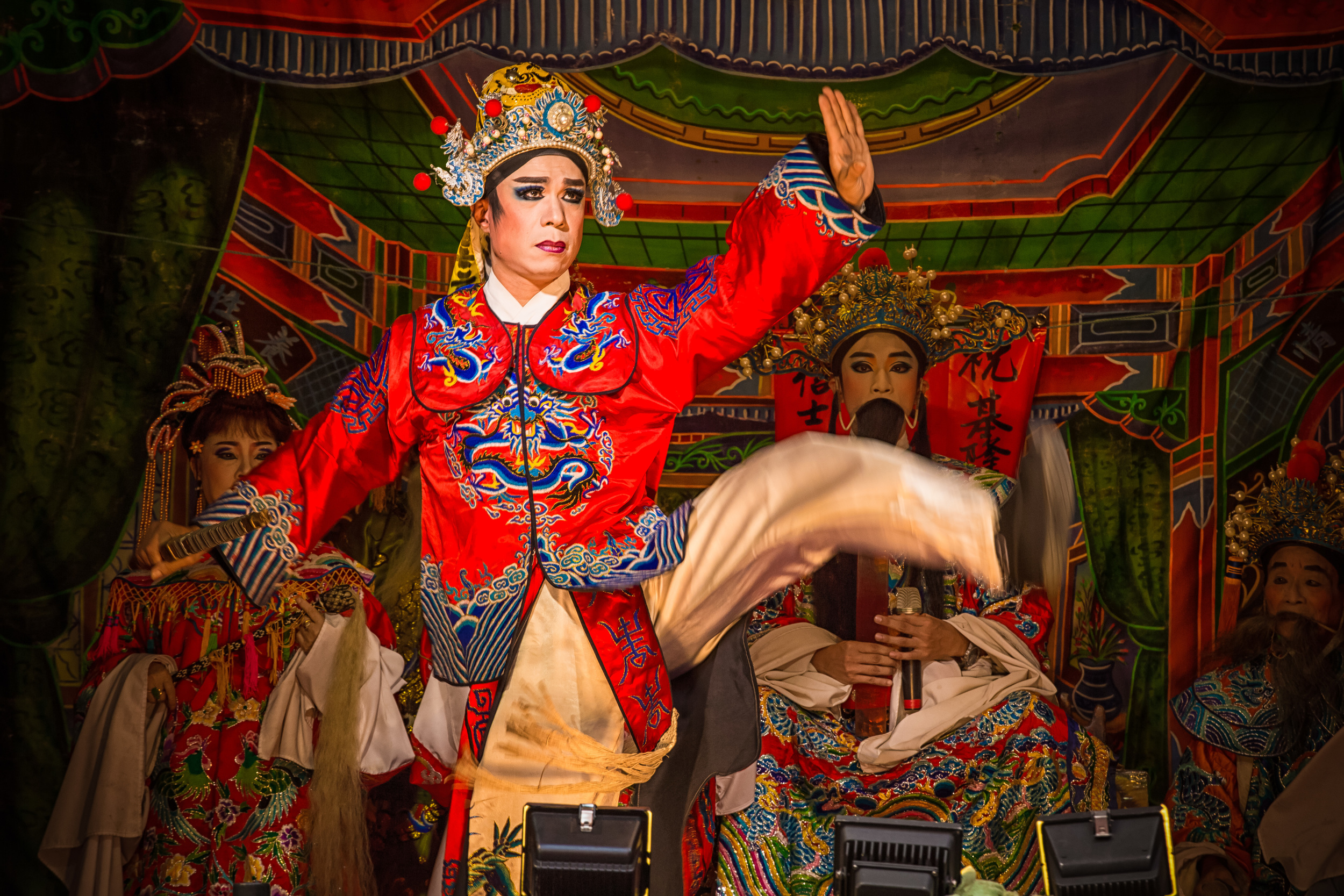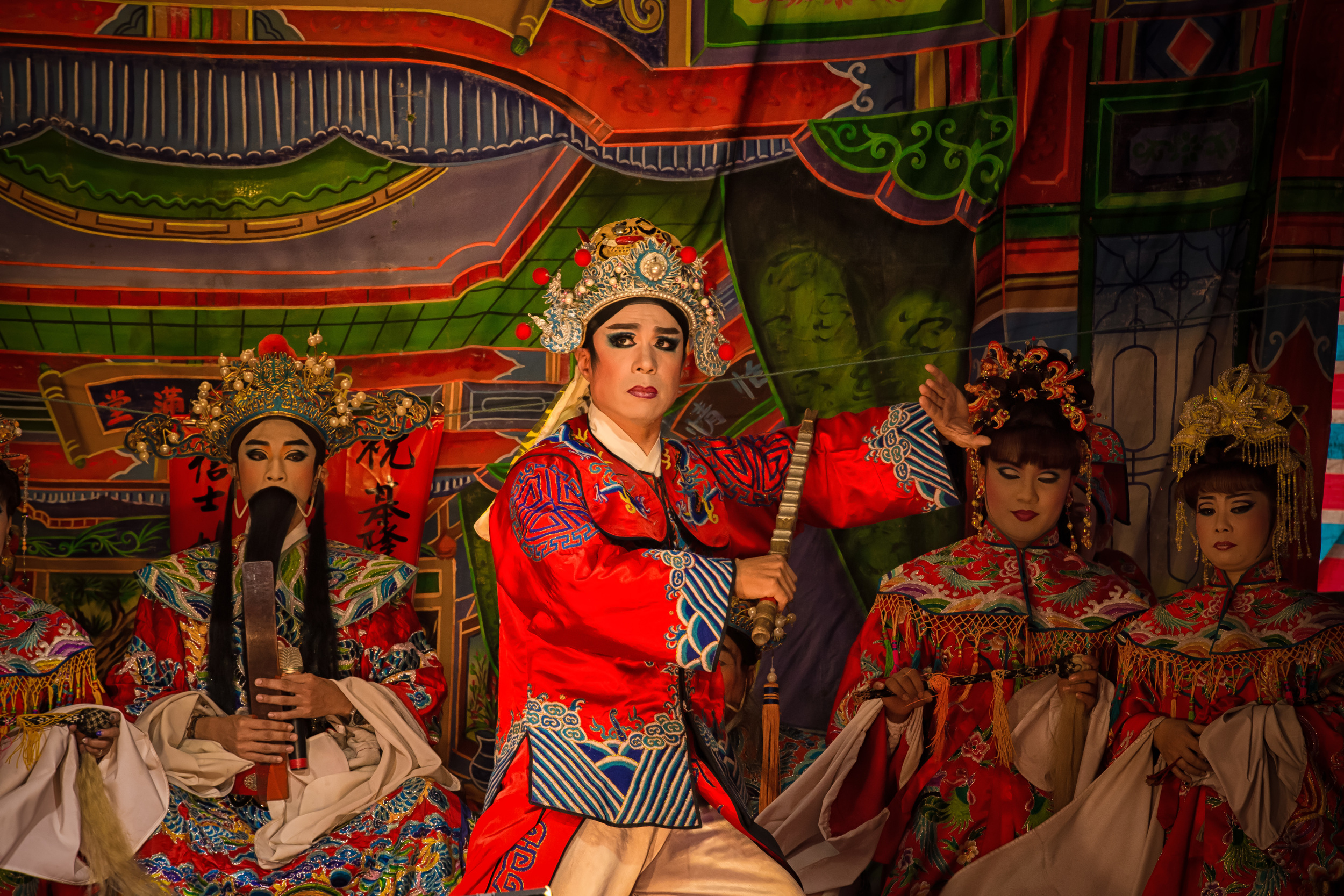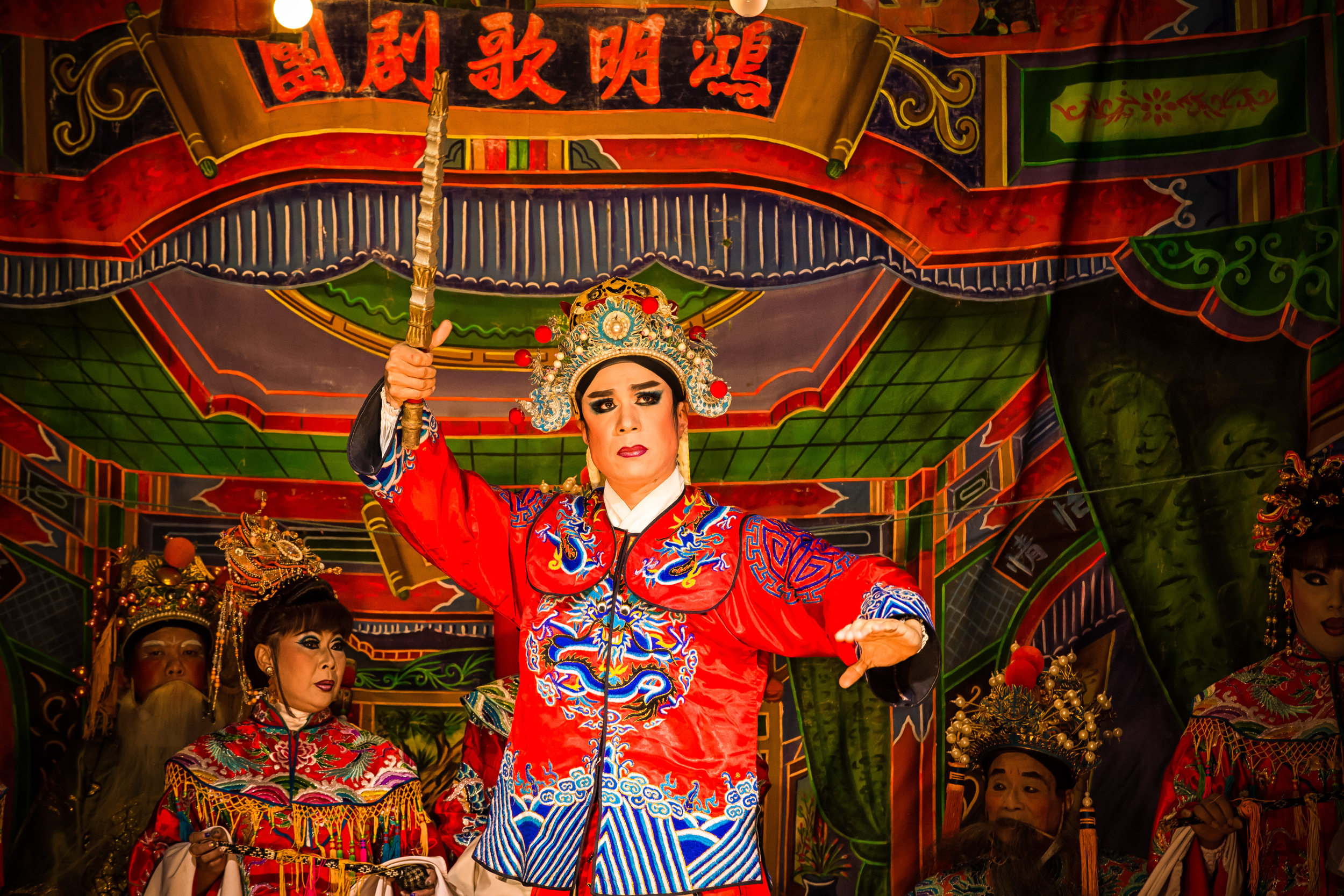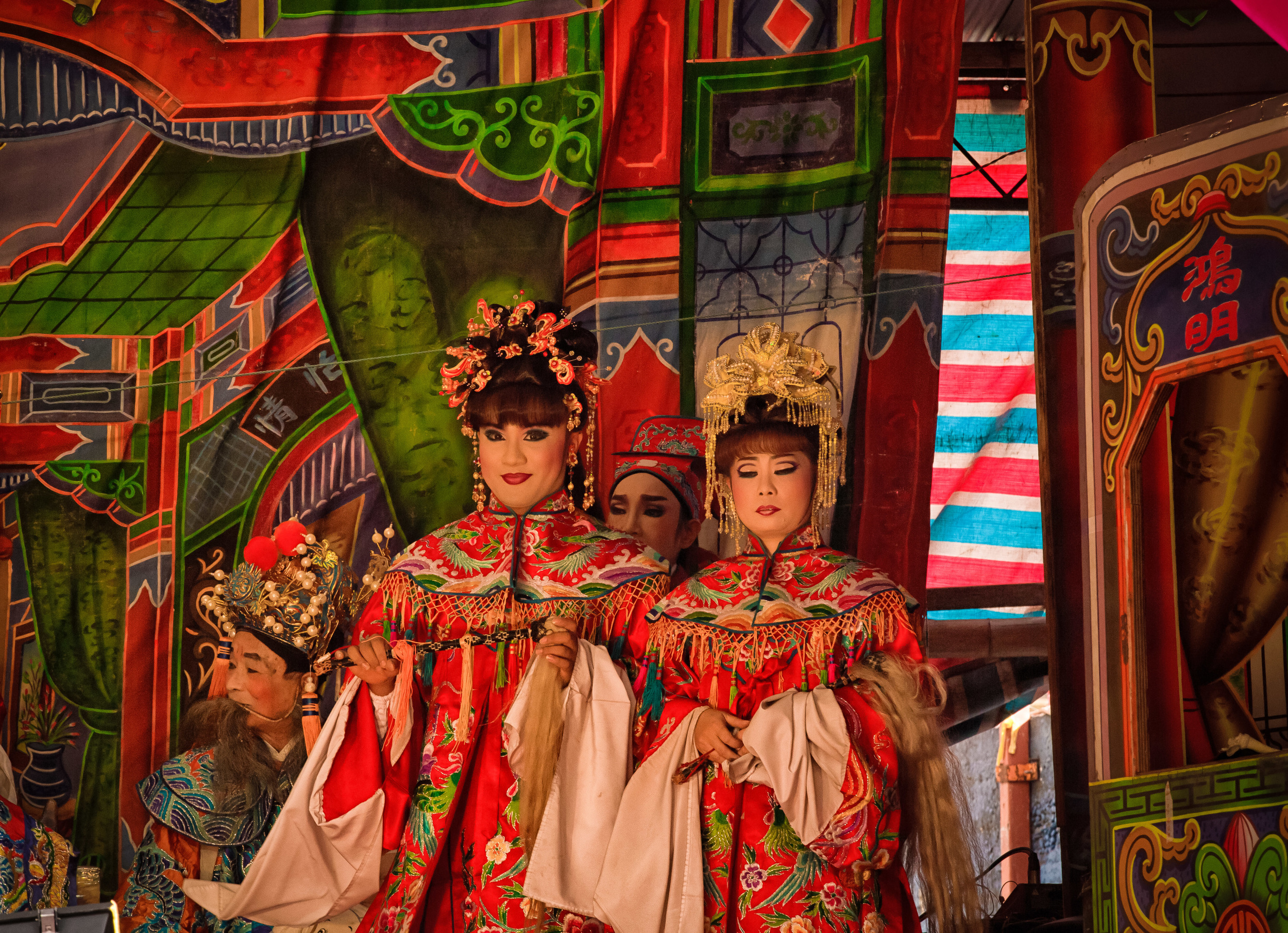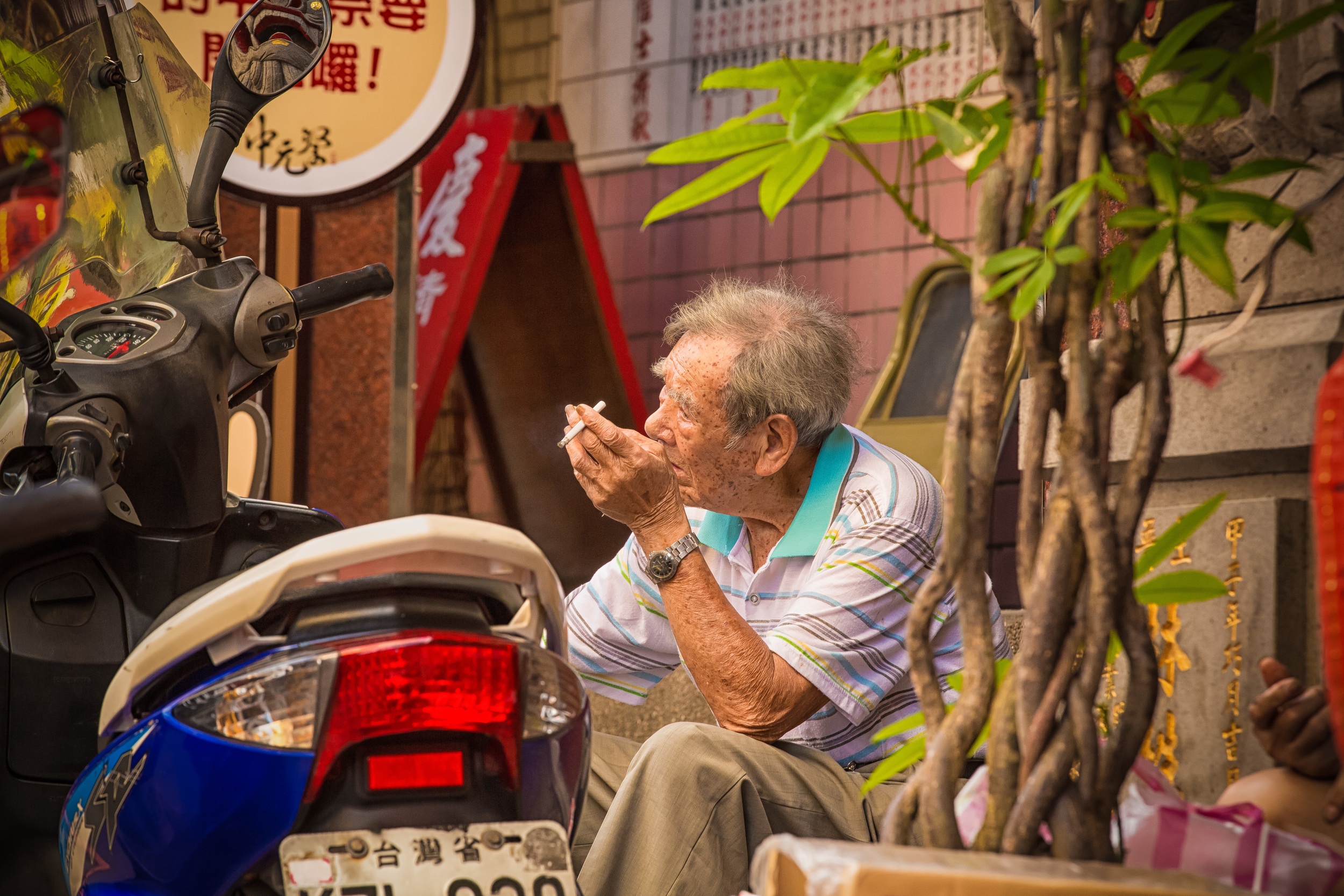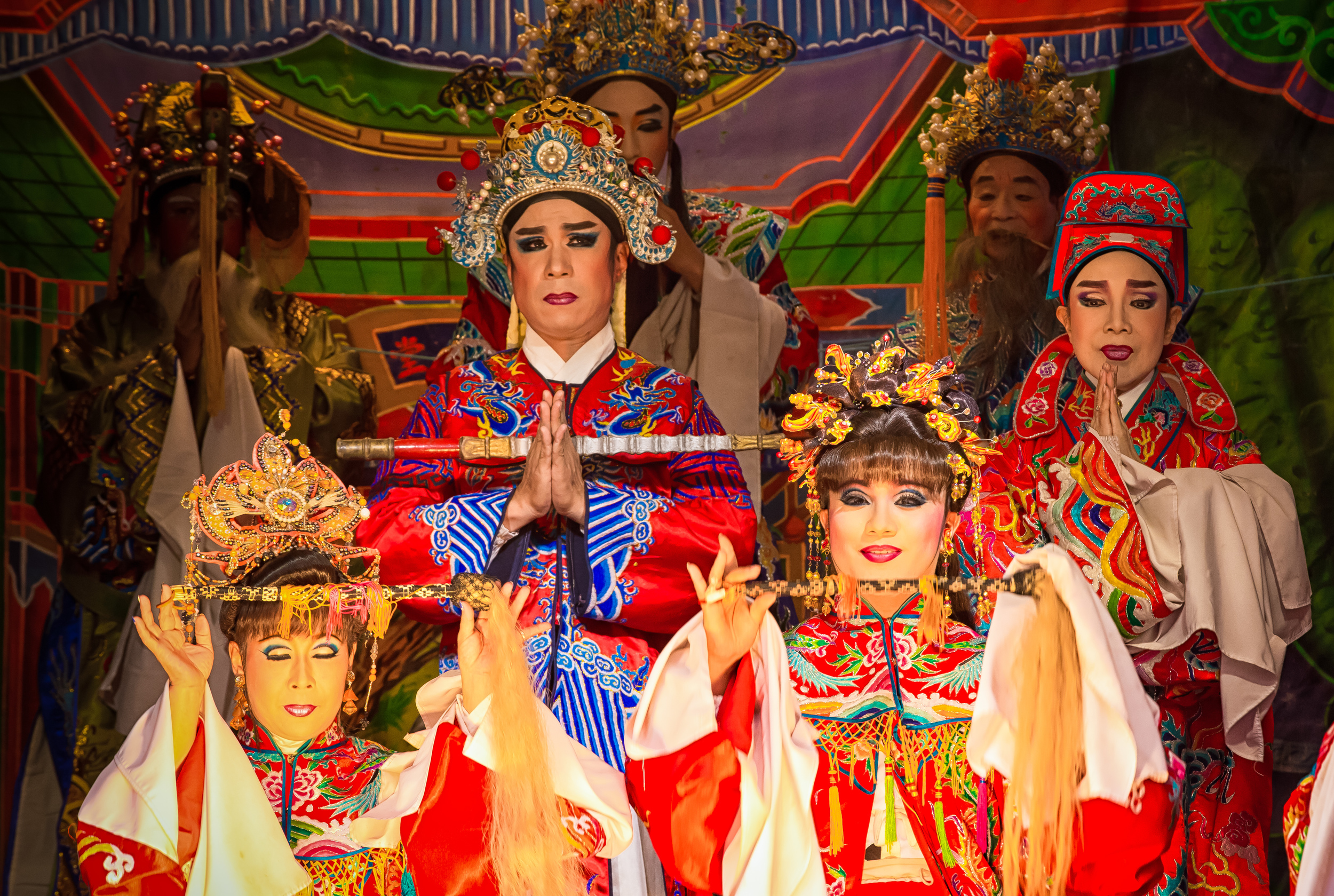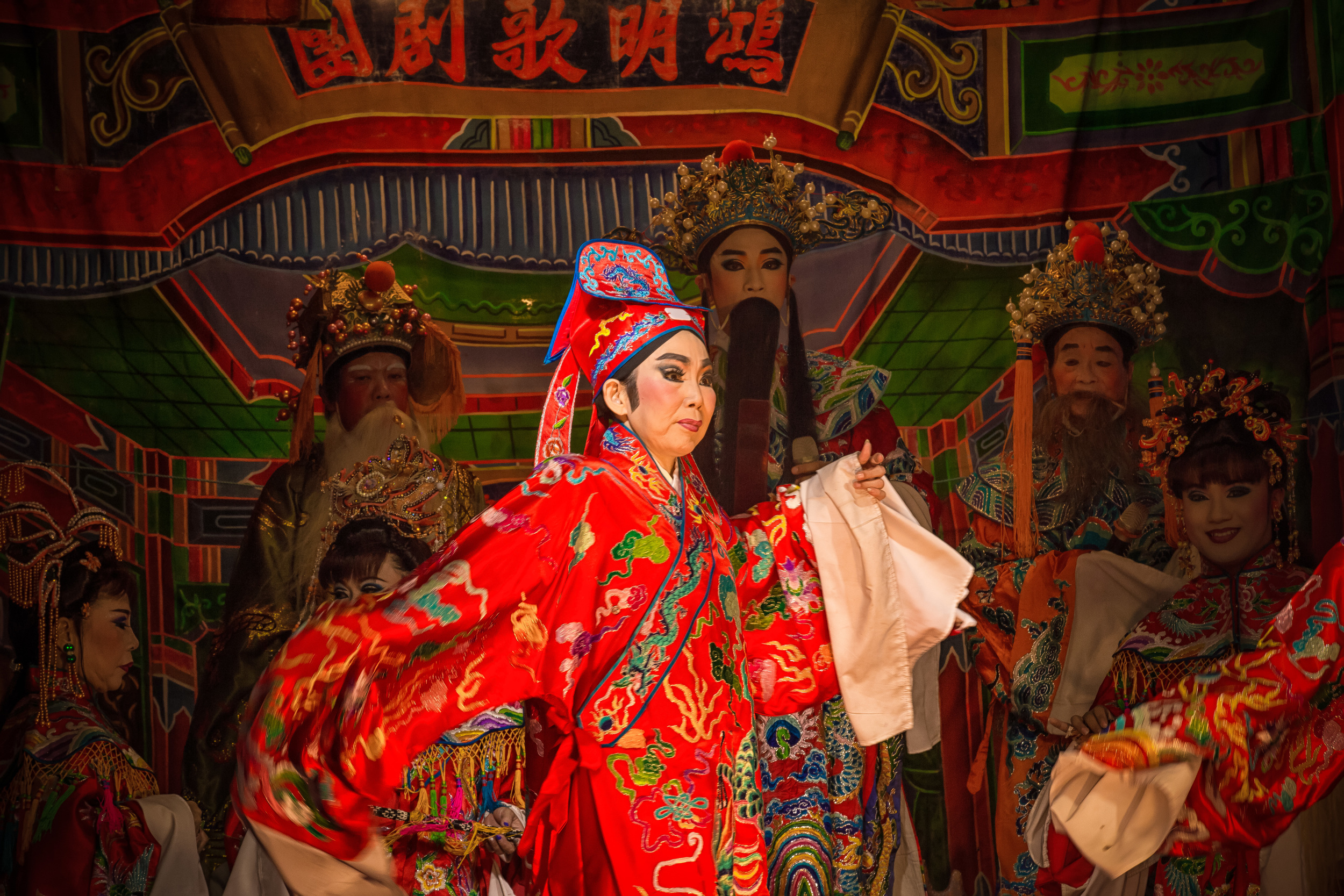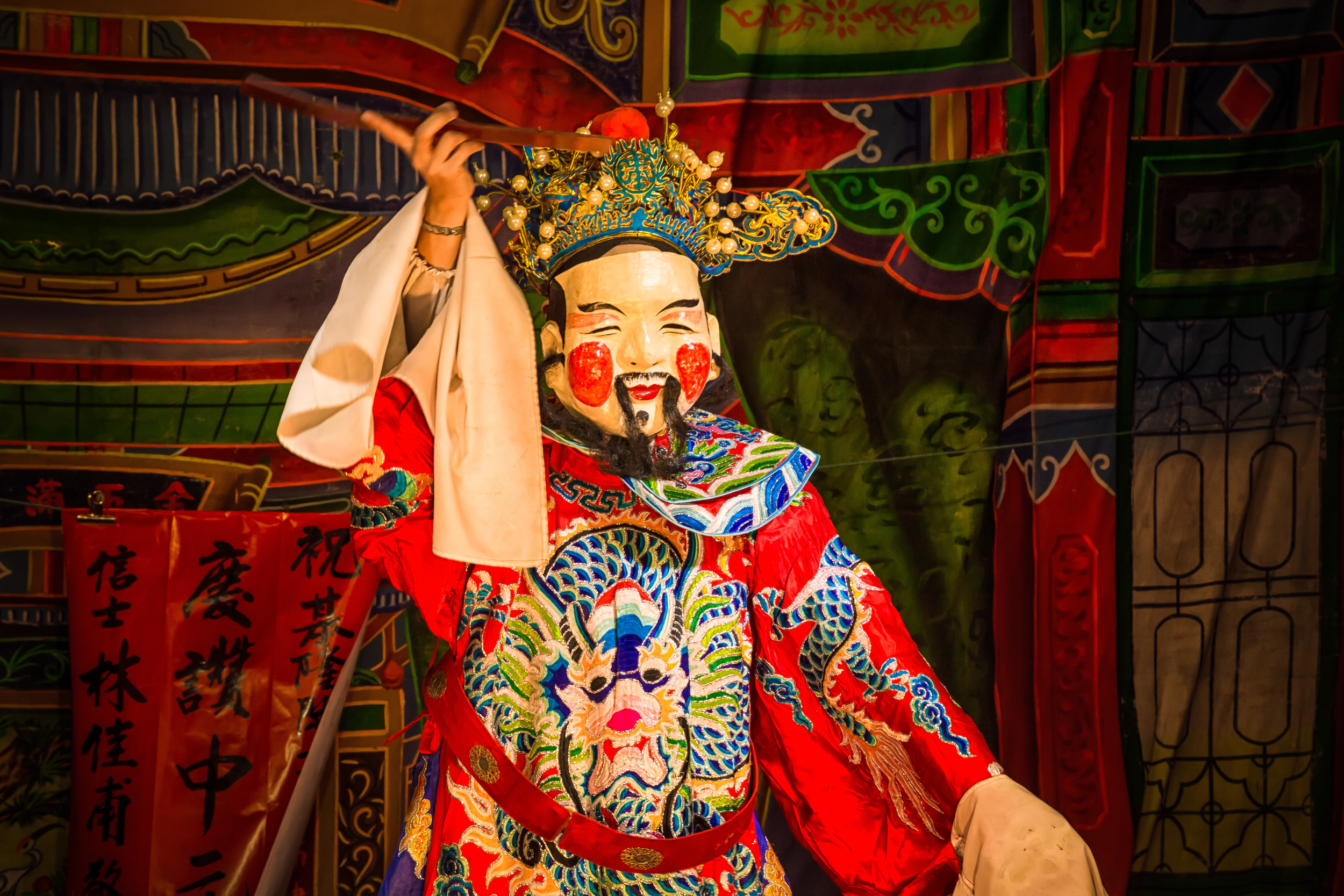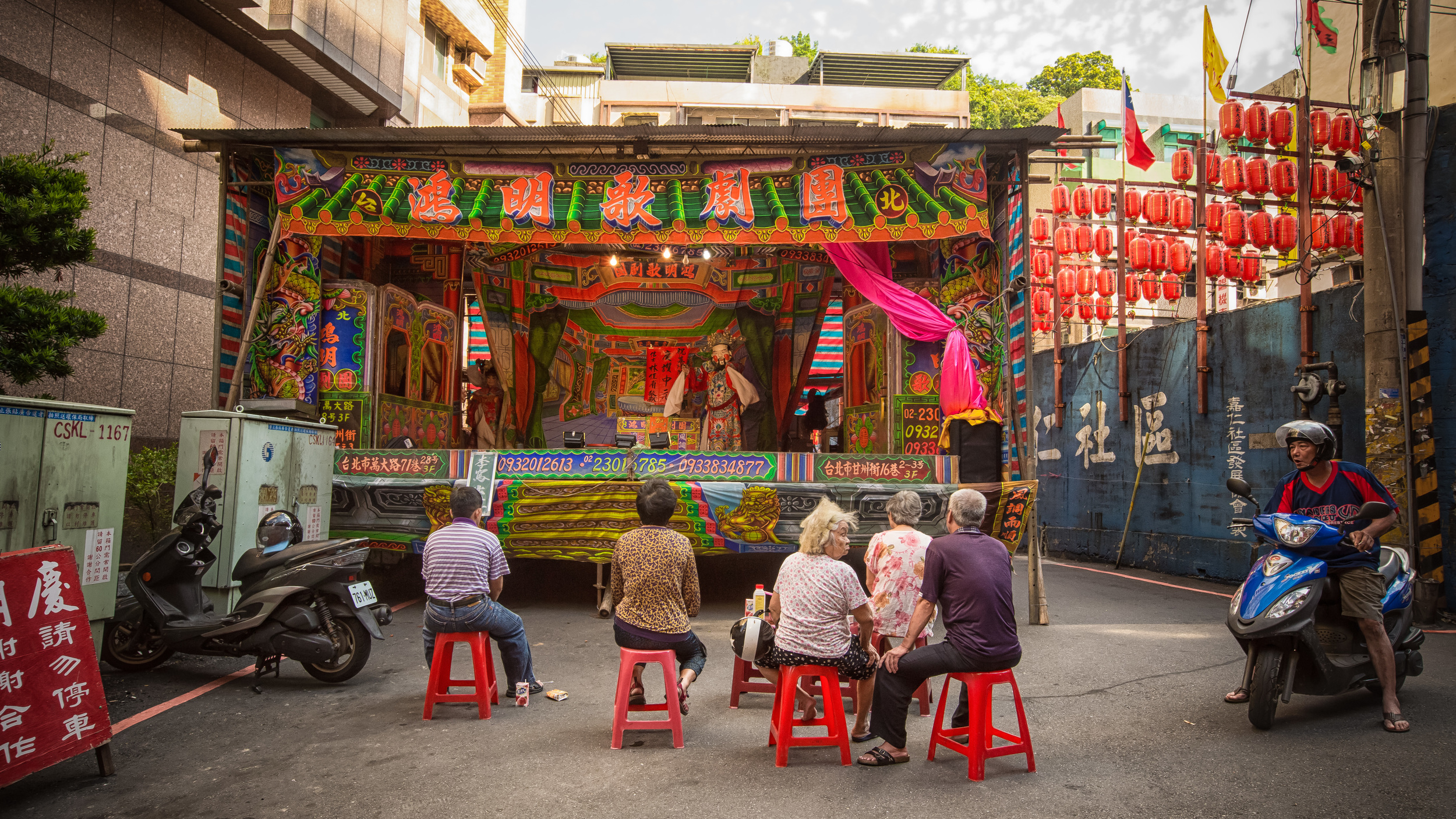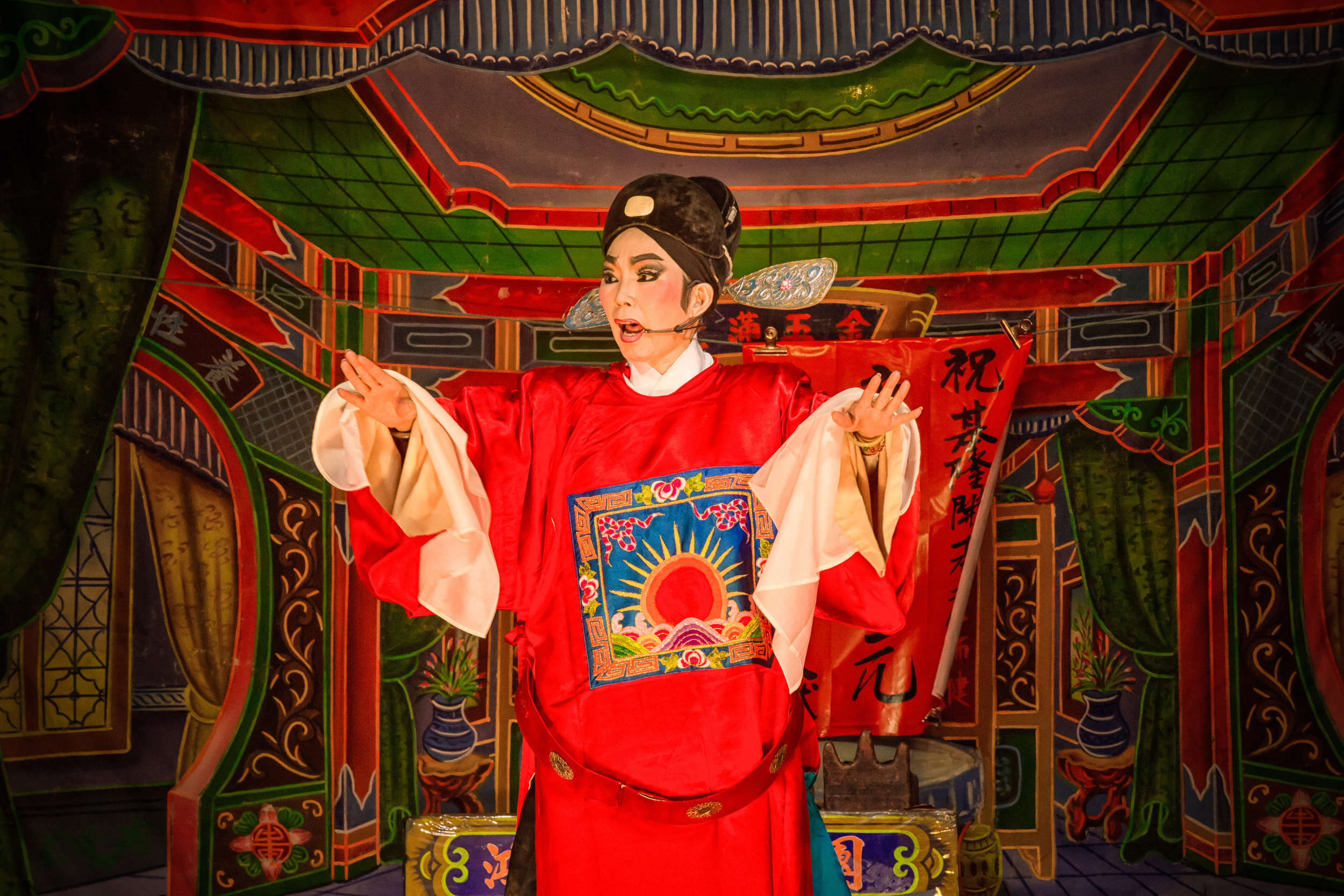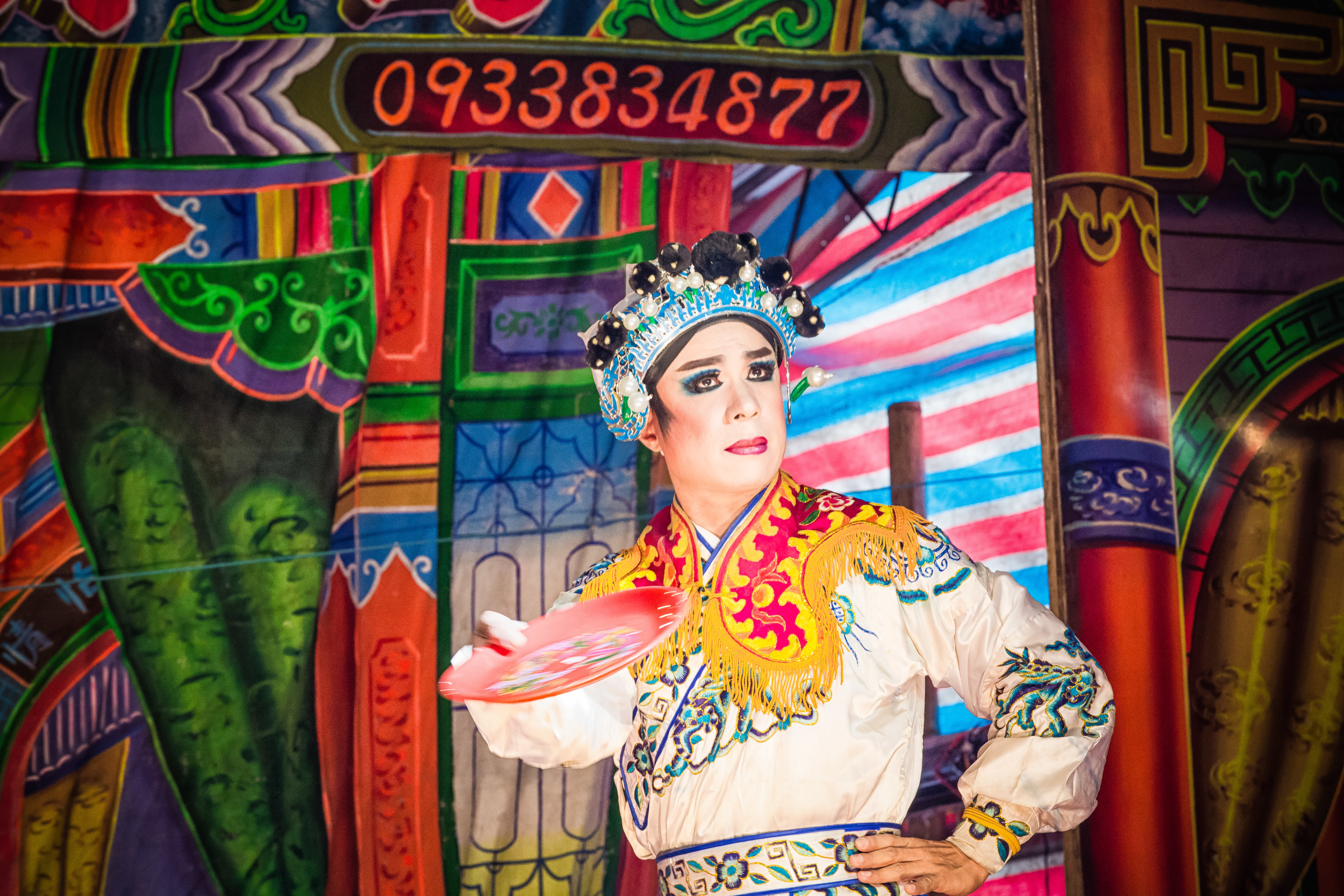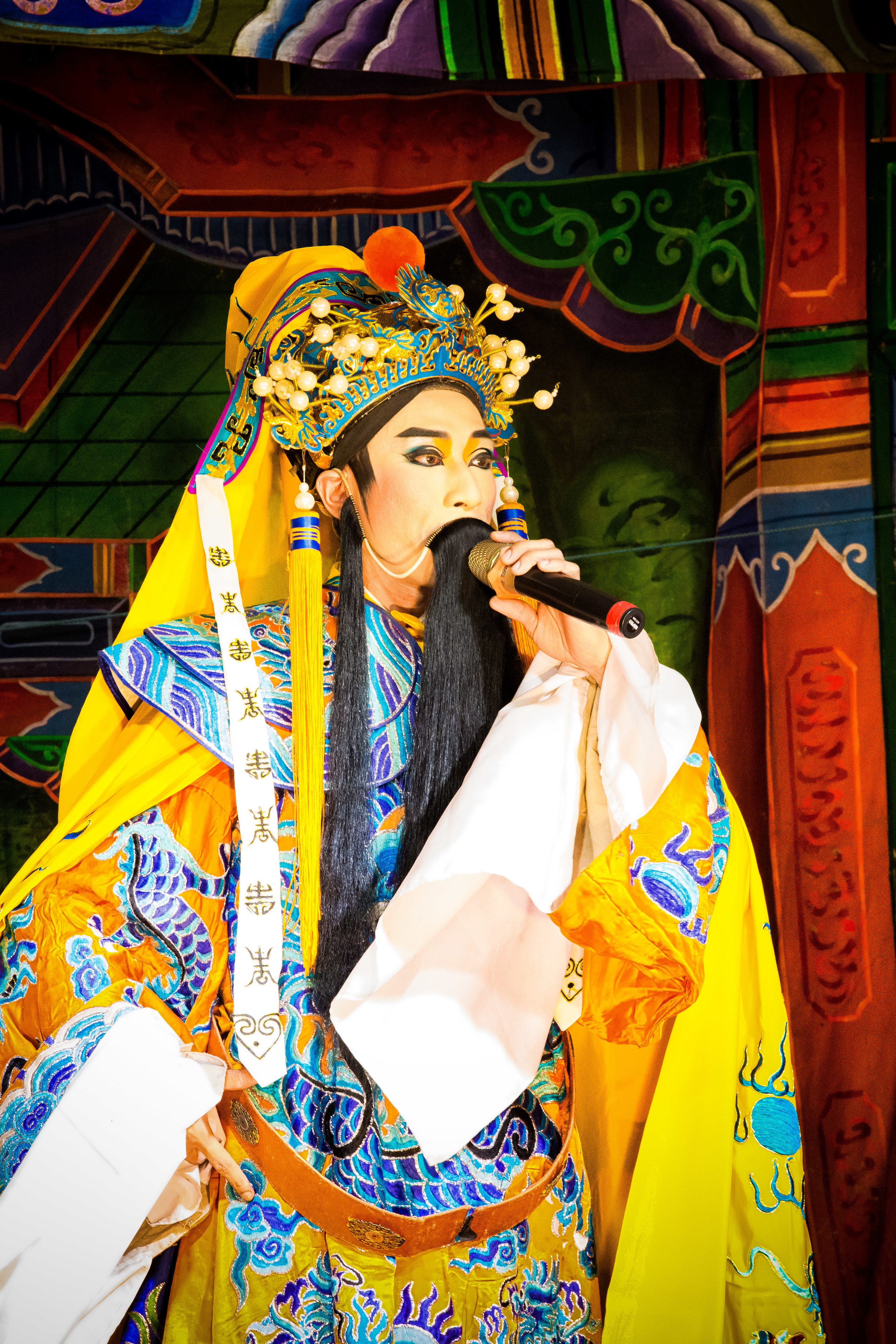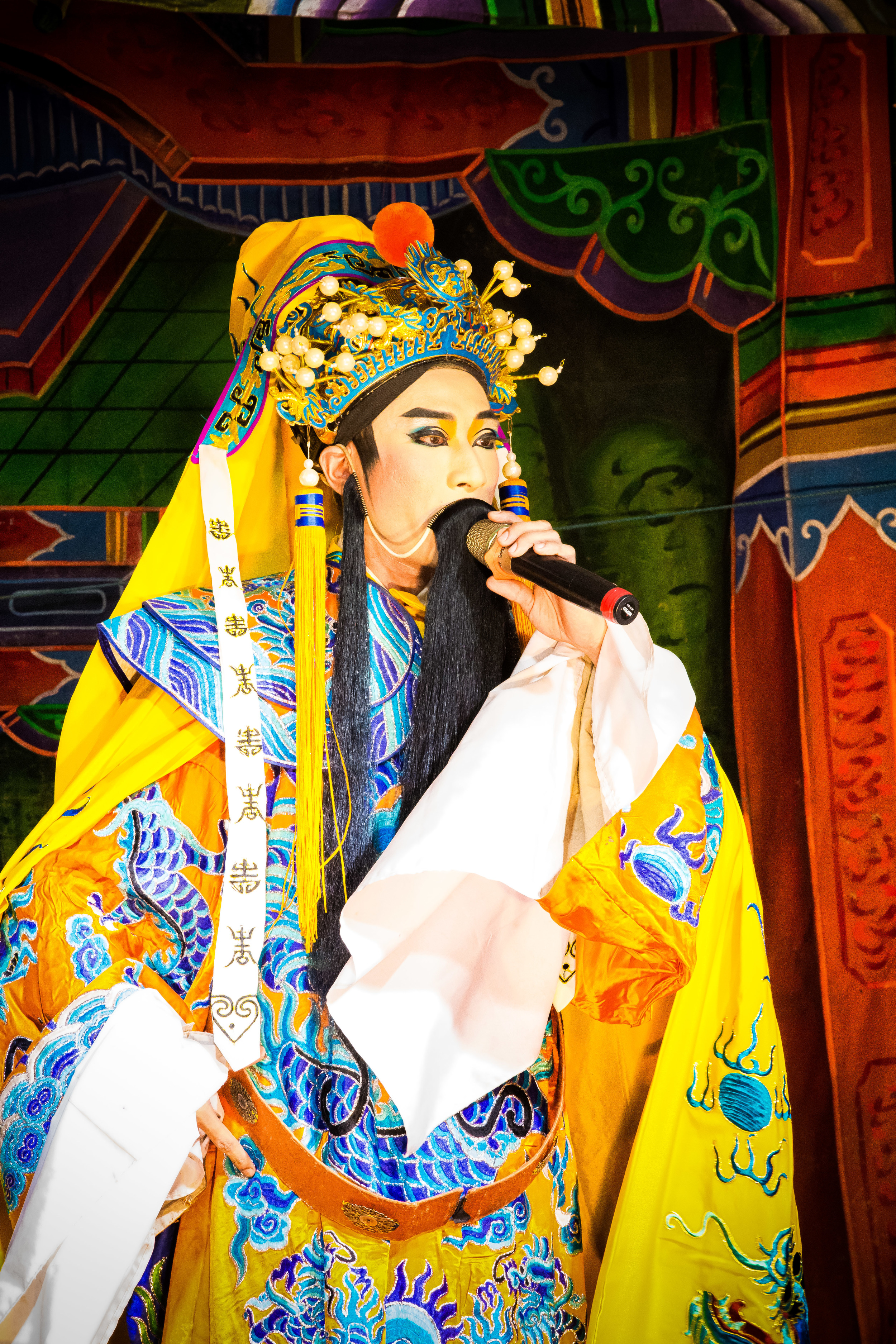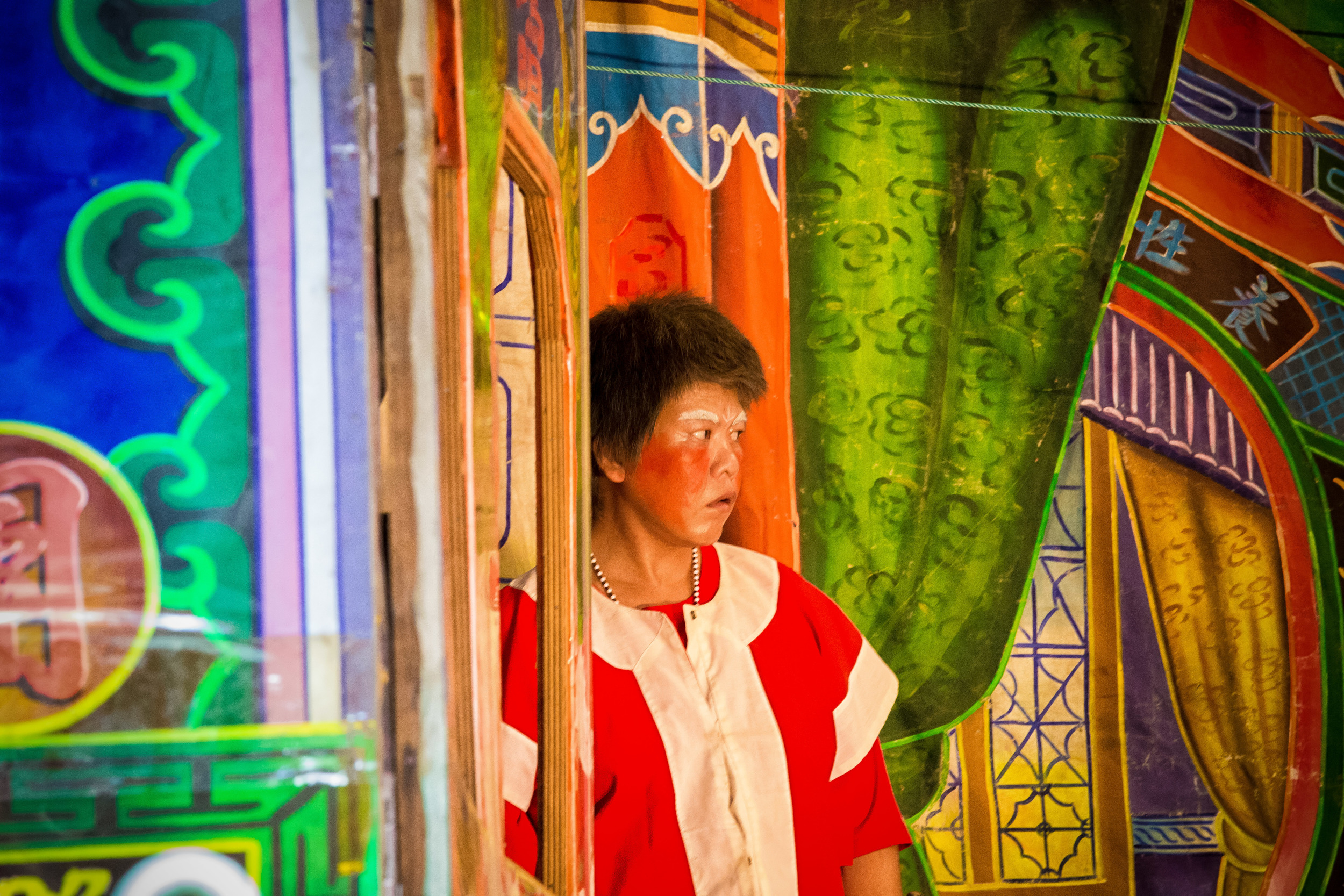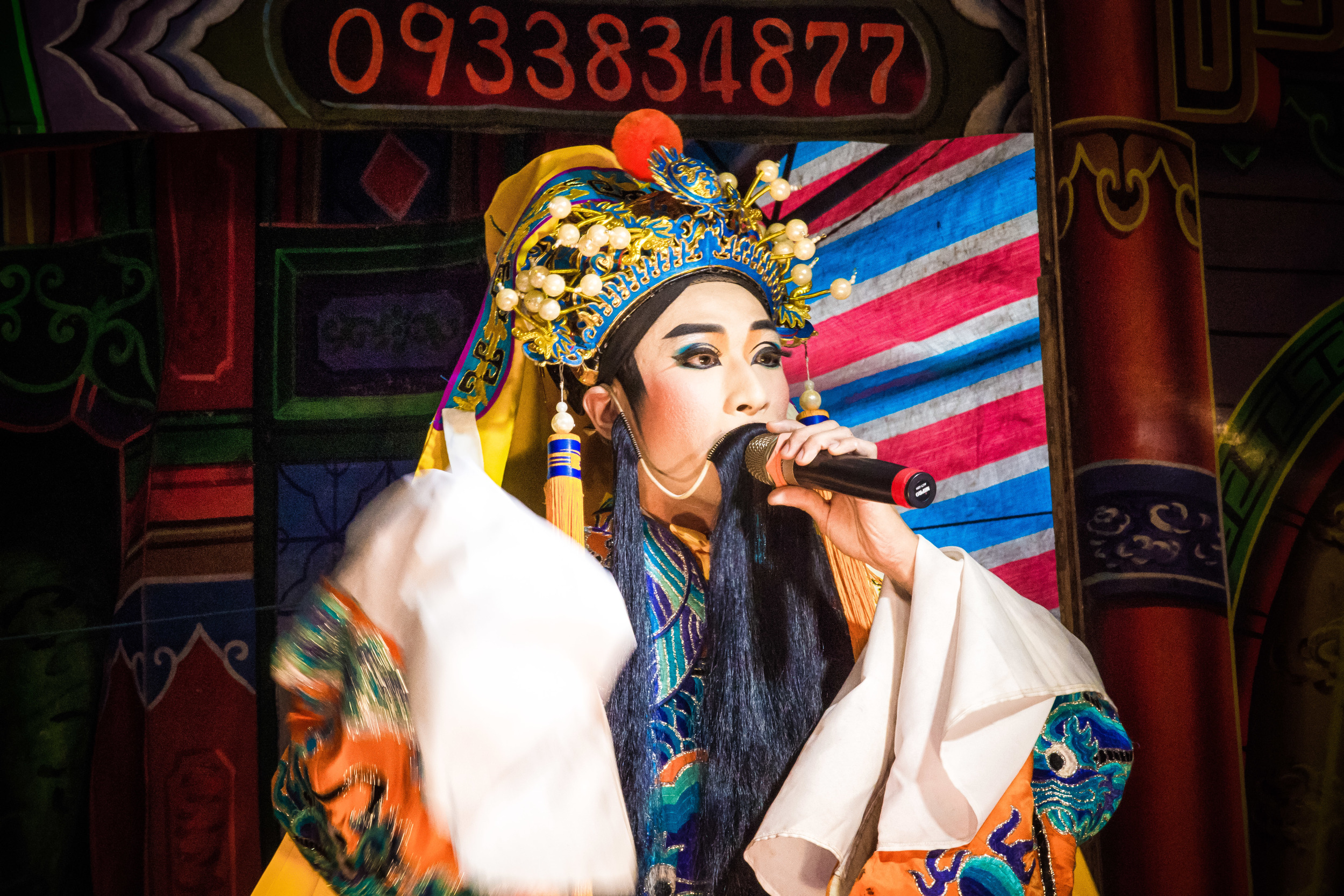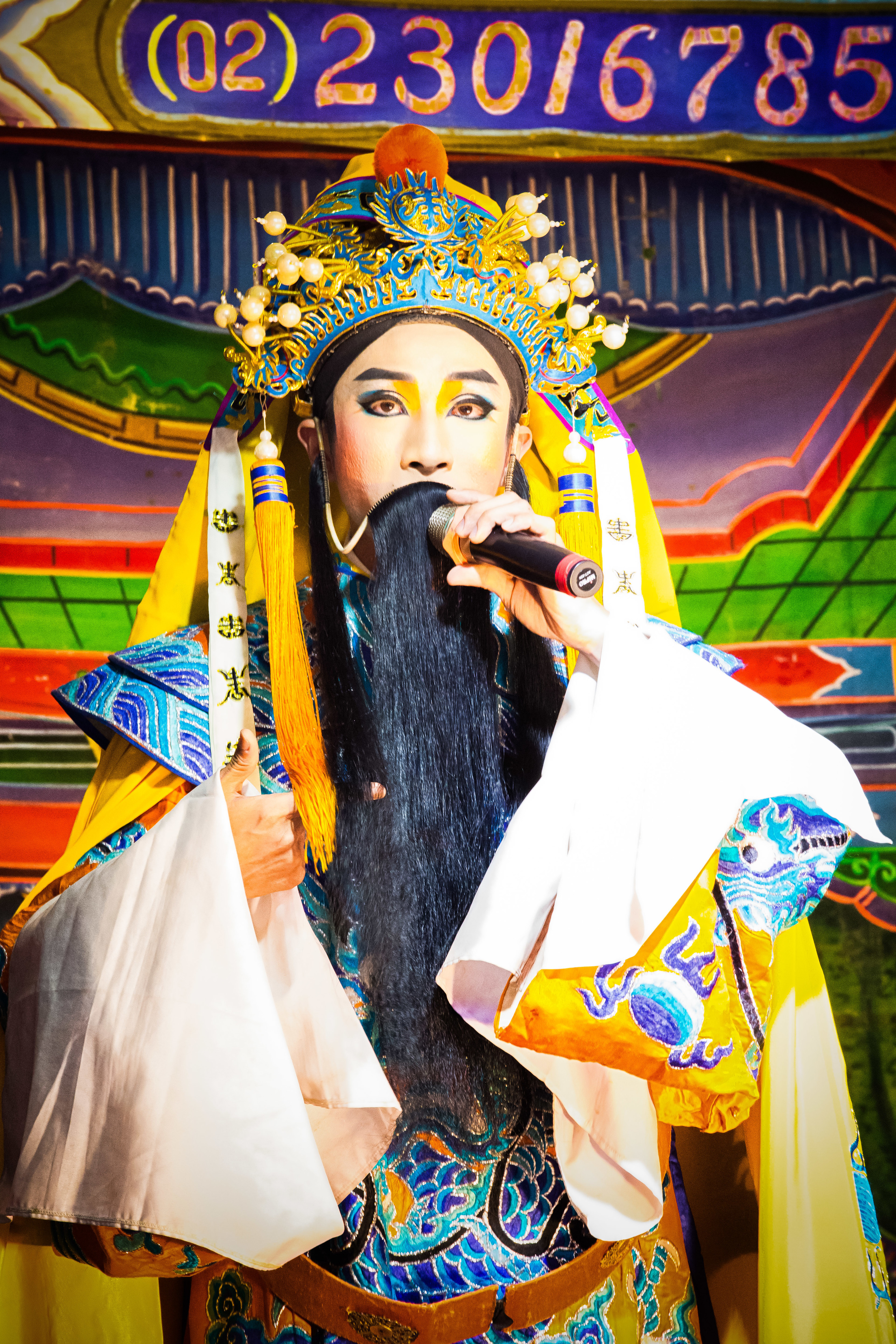Nestled in the mountains of Taoyuan county is the old Daxi Tea Factory (大溪老茶廠.) The factory has been a constant fixture in the town over the past century, but it had lived in obscurity and a state of abandonment for the past twenty five years.
Interest in the factory spiked in the last year or so and (if you are on Instagram and have seen anything from #Taiwan) you're bound to have seen quite a few shots of Taiwanese girls taking selfies or posing in the factory. The factory is becoming a popular day trip for people living in the northern part of the country for its retro atmosphere and the beautiful light inside the factory turned museum-style tea shop and restaurant.
Why the resurgence in interest with a century-old factory you might ask? After years of work, a top Taiwanese architectural firm recently completed renovations and a redesign of the site and was the recent recipient of a very prestigious award honouring achievement in architectural design.
With all the interest the tea factory has attracted, it has become a hot spot for people in the know to visit and is also close enough to other attractions like the Cihu Mausoleum, Daxi Old Street, the TUBA Church and Xiao Wulai Waterfall all of which you can enjoy on a single day trip to Taoyuan.
The original tea factory, a two storey warehouse-looking building was constructed in 1925 by the Taiwanese Agriculture and Forestry Company (台灣農林公司) and holds a unique place in the history of Taiwan’s tea industry as one of the early players in Taiwanese trade and development.
The location of the factory played an important role as it processed black tea coming down from the mountains in Fuxing (復興鄉) and was then packaged and taken to Daxi to be sent off for sale or export.
Eventually though, new methods of transportation made the river less important and the economy in the Daxi area started suffer. The factory was abandoned sometime in the early 90's and was left standing for over twenty five years before renovation efforts started in 2010.
When the renovation of the site was completed, one of the original warehouses was removed and made room for a zen-like stone pond that sits beside a restaurant on one side and a relaxing tea house on the other. The pond gives off a relaxing feeling and sitting beside it in the tea shop or the restaurant is quite interesting with the huge open windows and view of the mountains surrounding the factory.
The architects who redesigned the site won the award for this open air design and from a design perspective it is actually quite interesting with the glass windows facing the mountains and the pond. The first floor is also home to an interesting museum-like area which shows the tools and machinery that used to be used when processing the tea to teach people what went into processing tea with guided tours and a small theatre area that plays a video of the history of the factory.
The second floor of the warehouse however is what seems to be the most interesting to people and is the place where the majority of the shots I've seen on Instagram are from. When you arrive on the second floor you'll notice that there are machines for processing and drying tea in the middle of the large floor.
The floor is very old looking and grey, the lighting isn't very bright and it is an excellent for taking pictures as the majority of the light on the second floor is primarily ambient light coming in from the open windows. On a sunny day, I imagine that the light on the second floor would be even better and is probably going to be a popular spot in the future for some of Taiwan's wedding photographers.
The day I visited was quite overcast which caused the warehouse to look a bit more dreary from the inside. There are large tables on one side for people to enjoy tea and read, and there are chairs throughout the floor that are really old and repainted with cool looking colours. I spent the majority of my time on the second floor because photographically speaking, it was quite cool looking with the light and the contrasting colours.
The first floor also has a really cool little shop that sells a lot of tea lovers paraphernalia as well as high quality Taiwanese tea. If you visit and you're a fan of tea, I'd recommend checking out some of the stuff they have for sale, or just try some of it in their cool little tea shop beside the pond.
The Daxi Tea Factory is a pretty cool and appeals to people in completely different ways. If you're a fan of tea, then you're in the right place to buy some of Taiwan’s famous tea. If you are into learning about history, you can learn about how people in Taiwan produced and processed various types of tea around a century or so ago. Finally, if you're into design and architecture, this is going to be a really great place for you to admire what has been accomplished in the renovation of this building from a rotting abandoned factory to a beautiful multi-functional place for the people of today to enjoy.
The tea factory hasn't been reopened for very long and while it is popular in certain circles, it isn't an extremely busy tourist attraction yet – so try to visit as soon as you can before it gets too popular!
Gallery / Flickr (High Res Shots)
